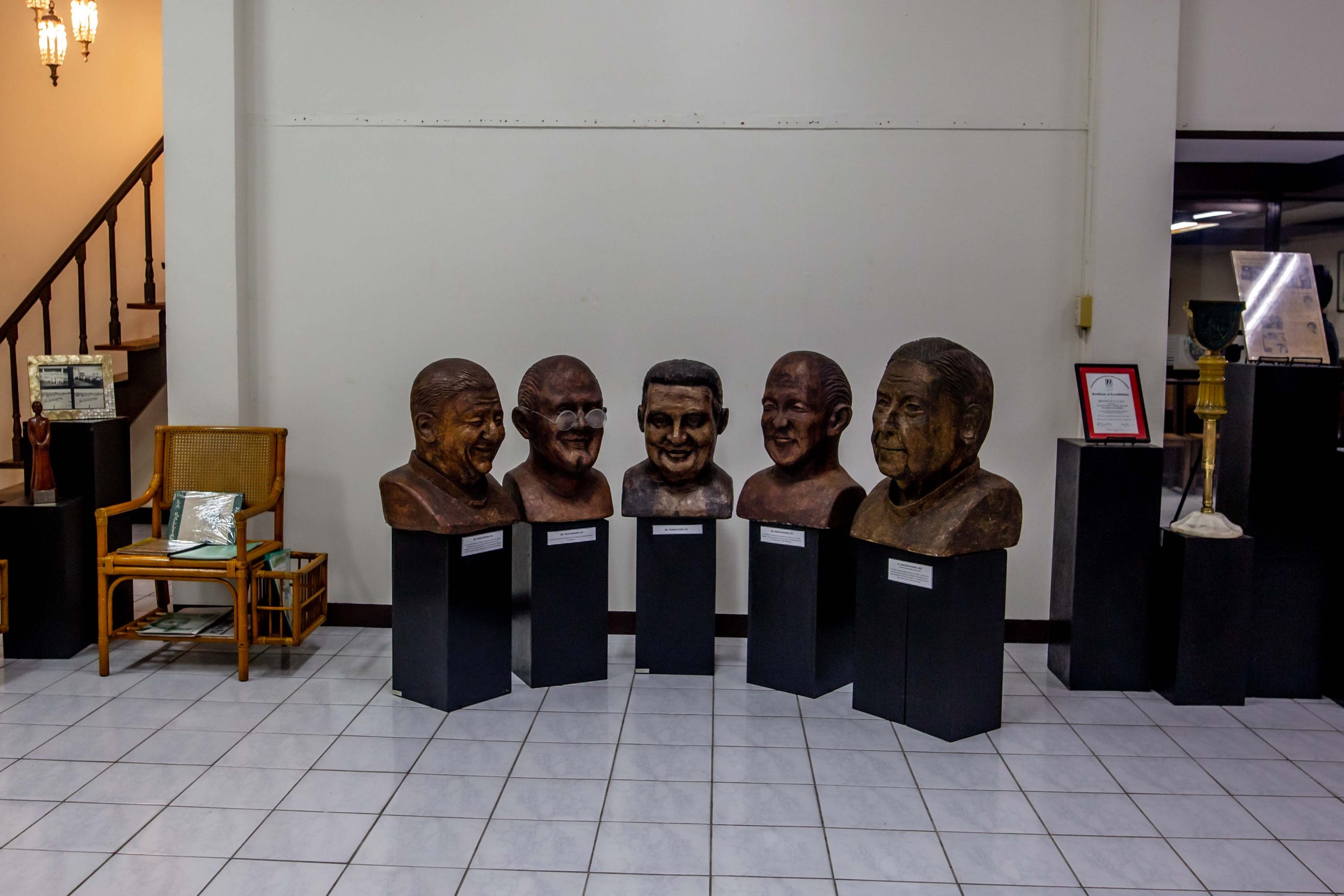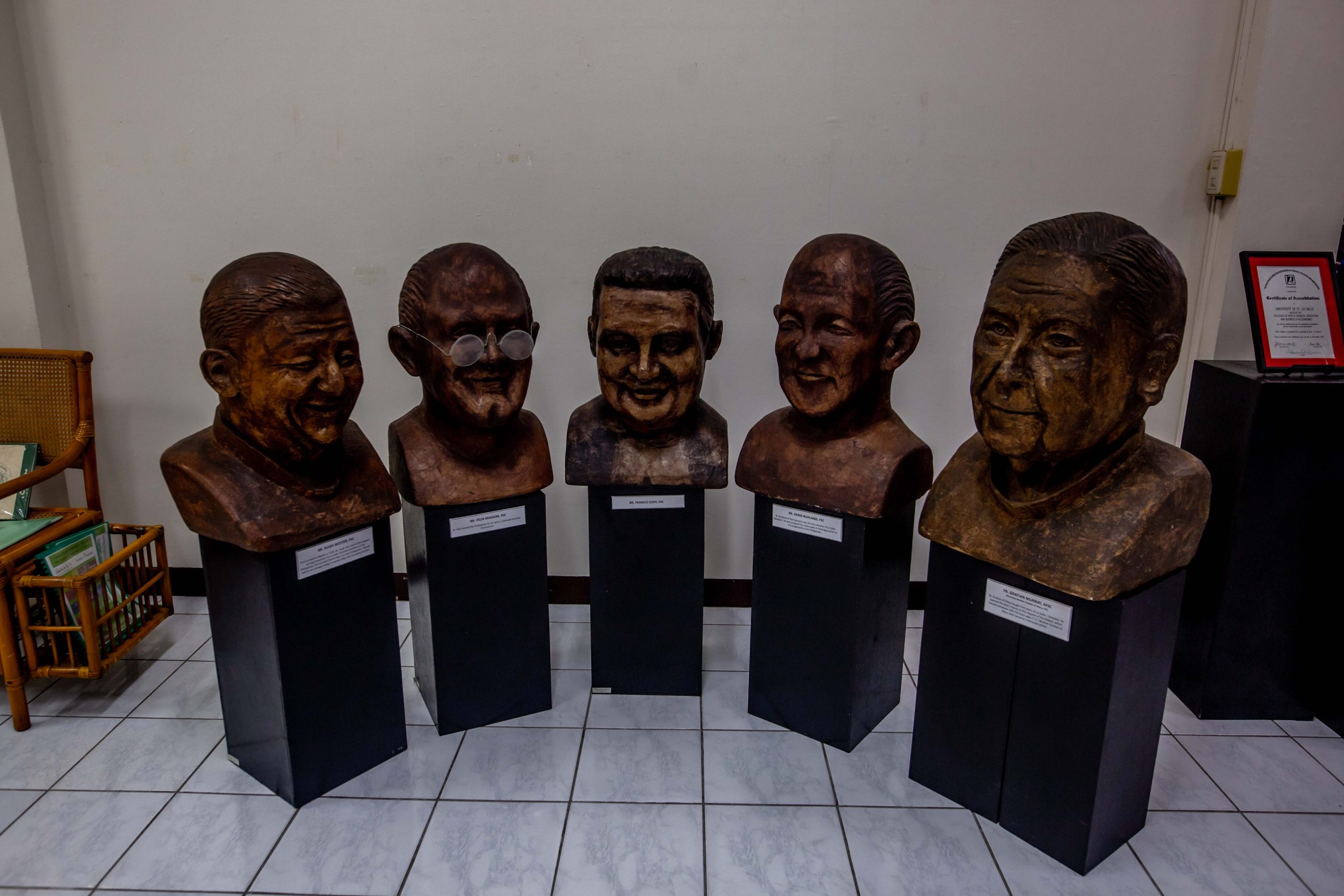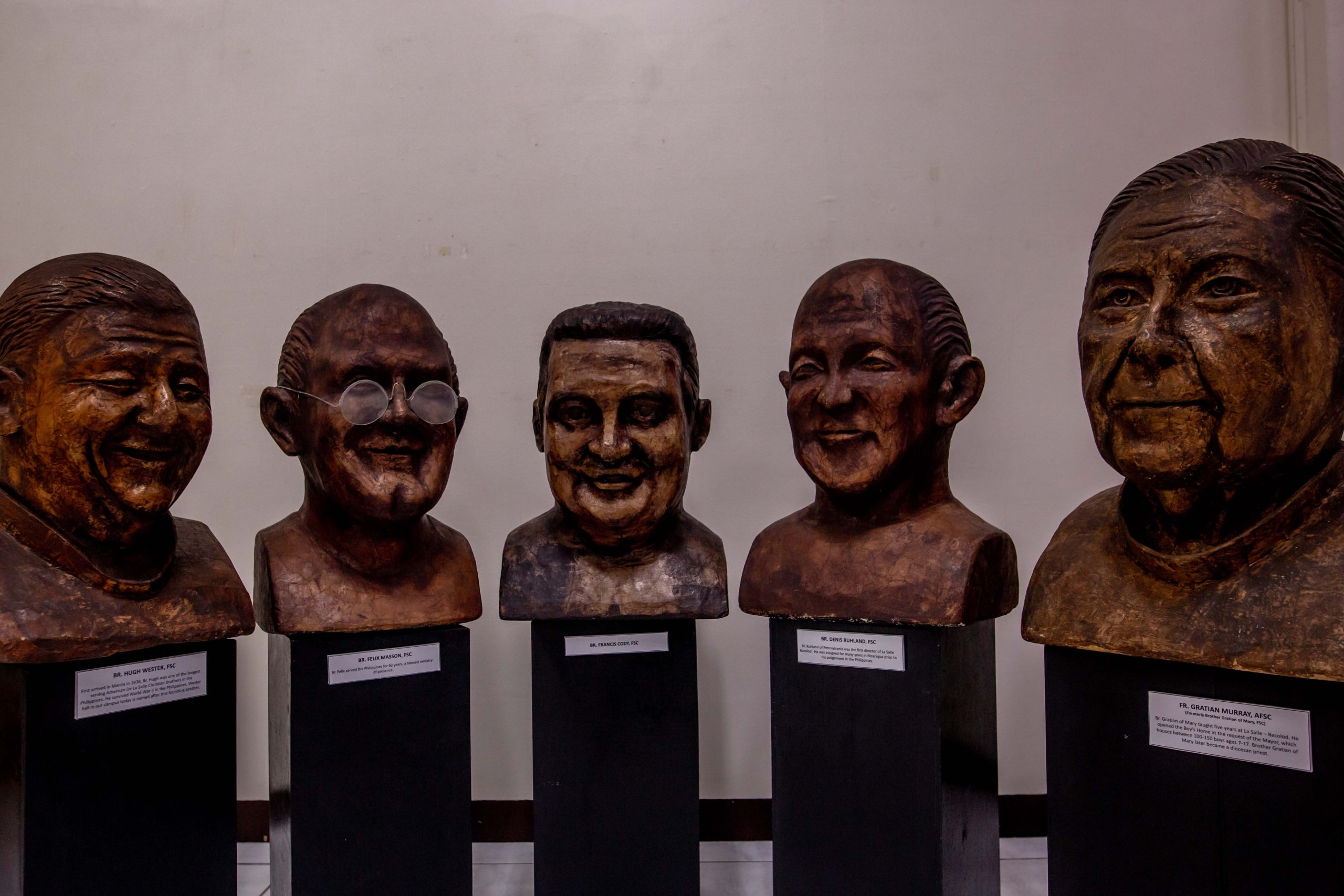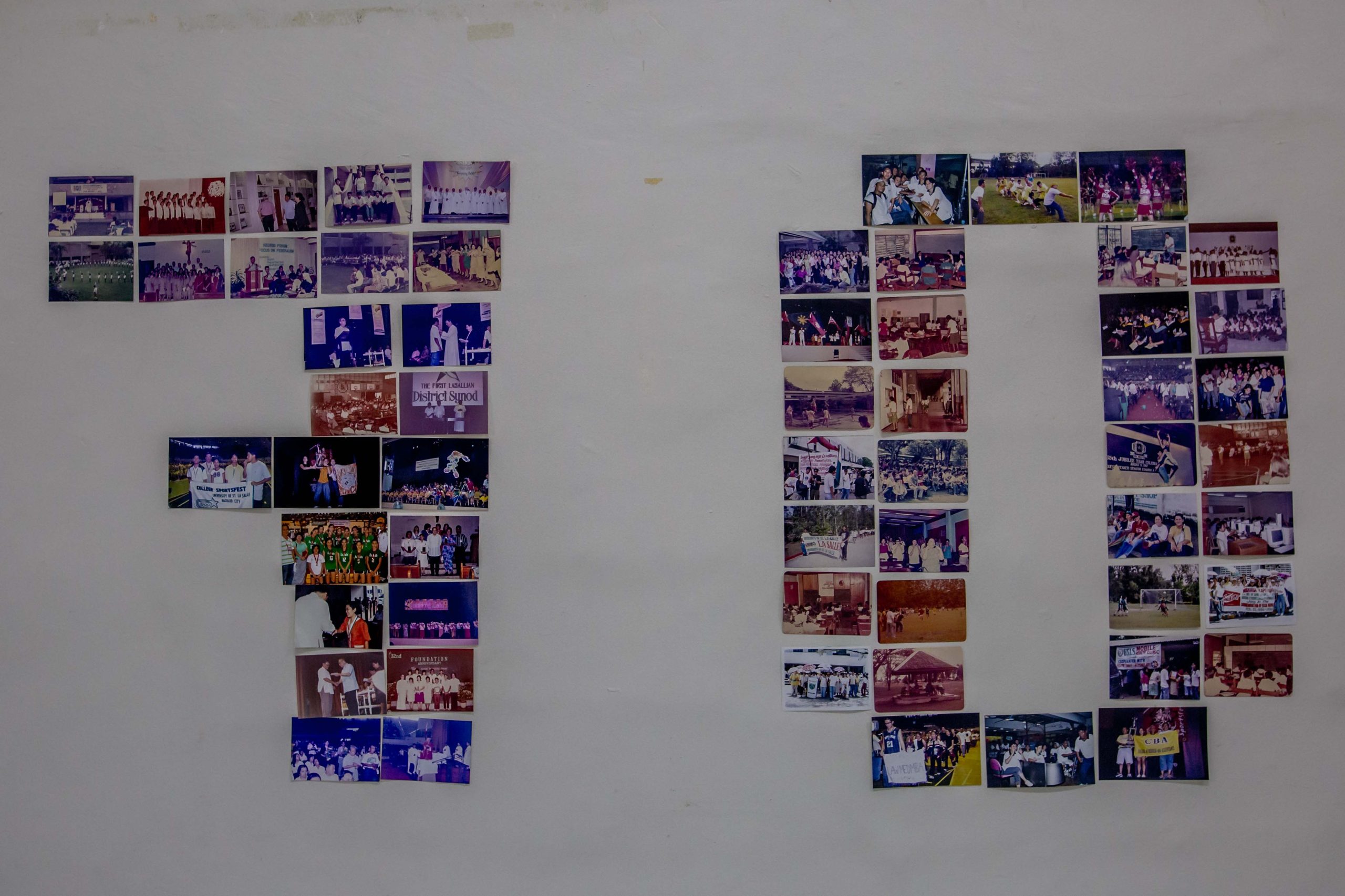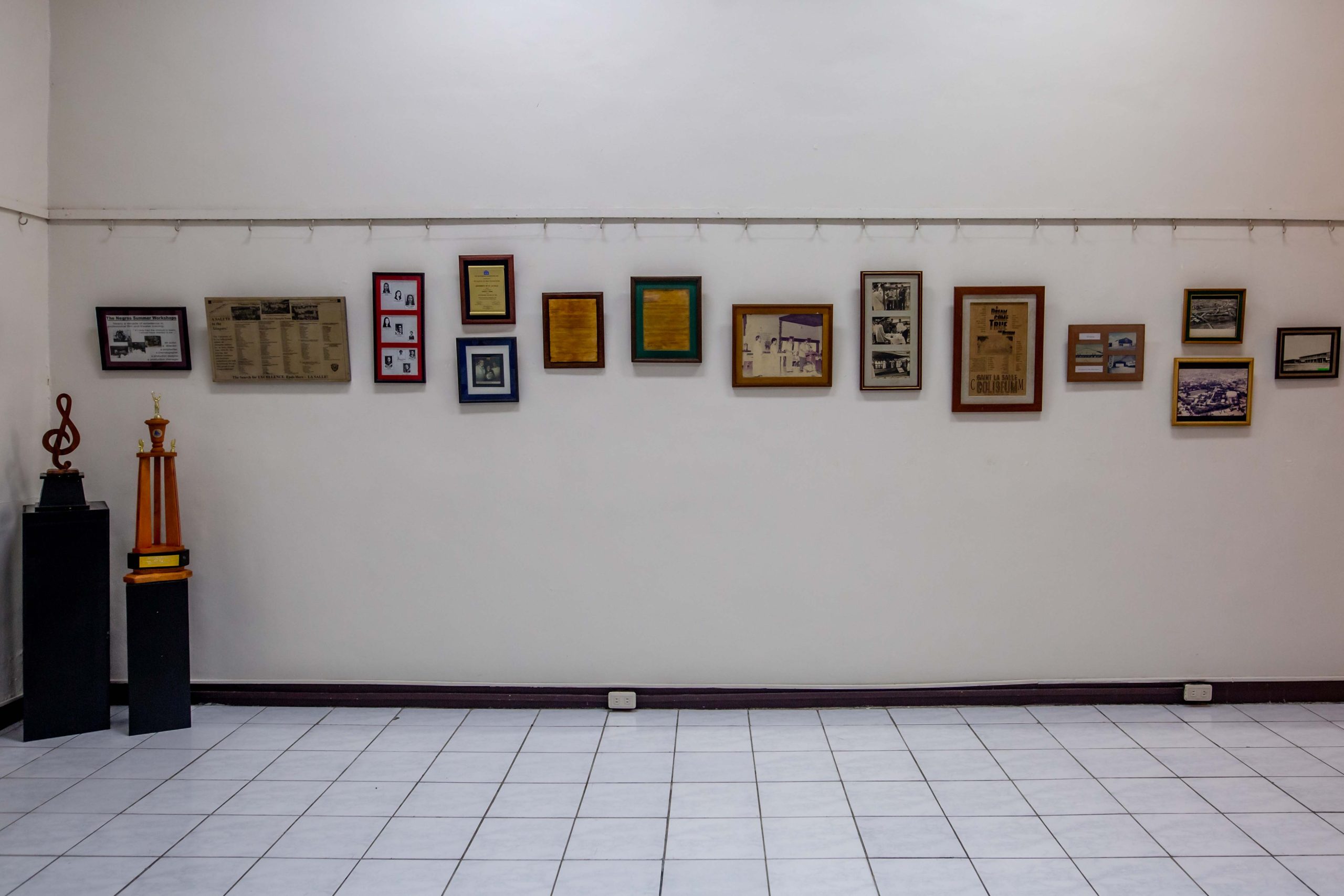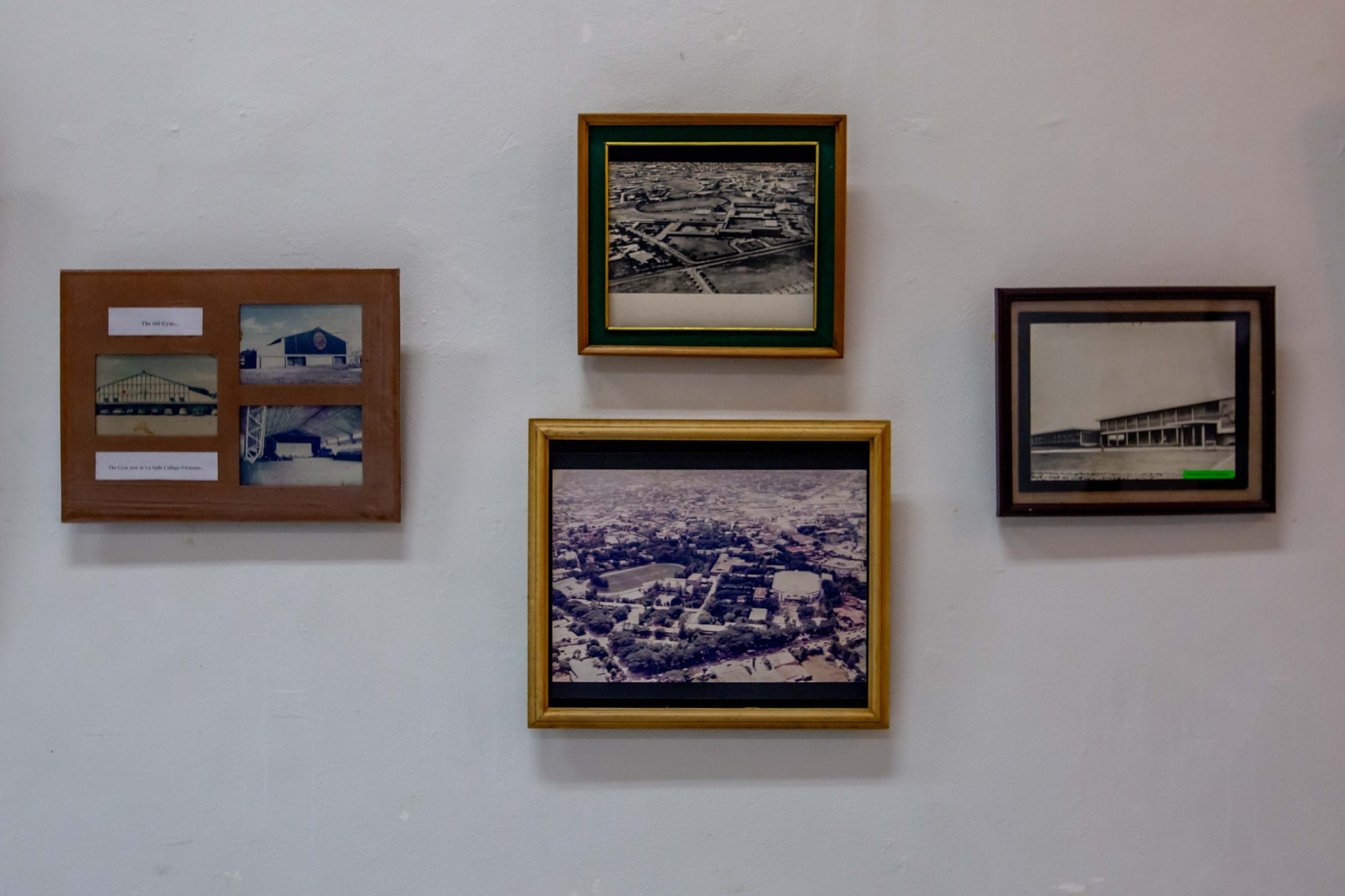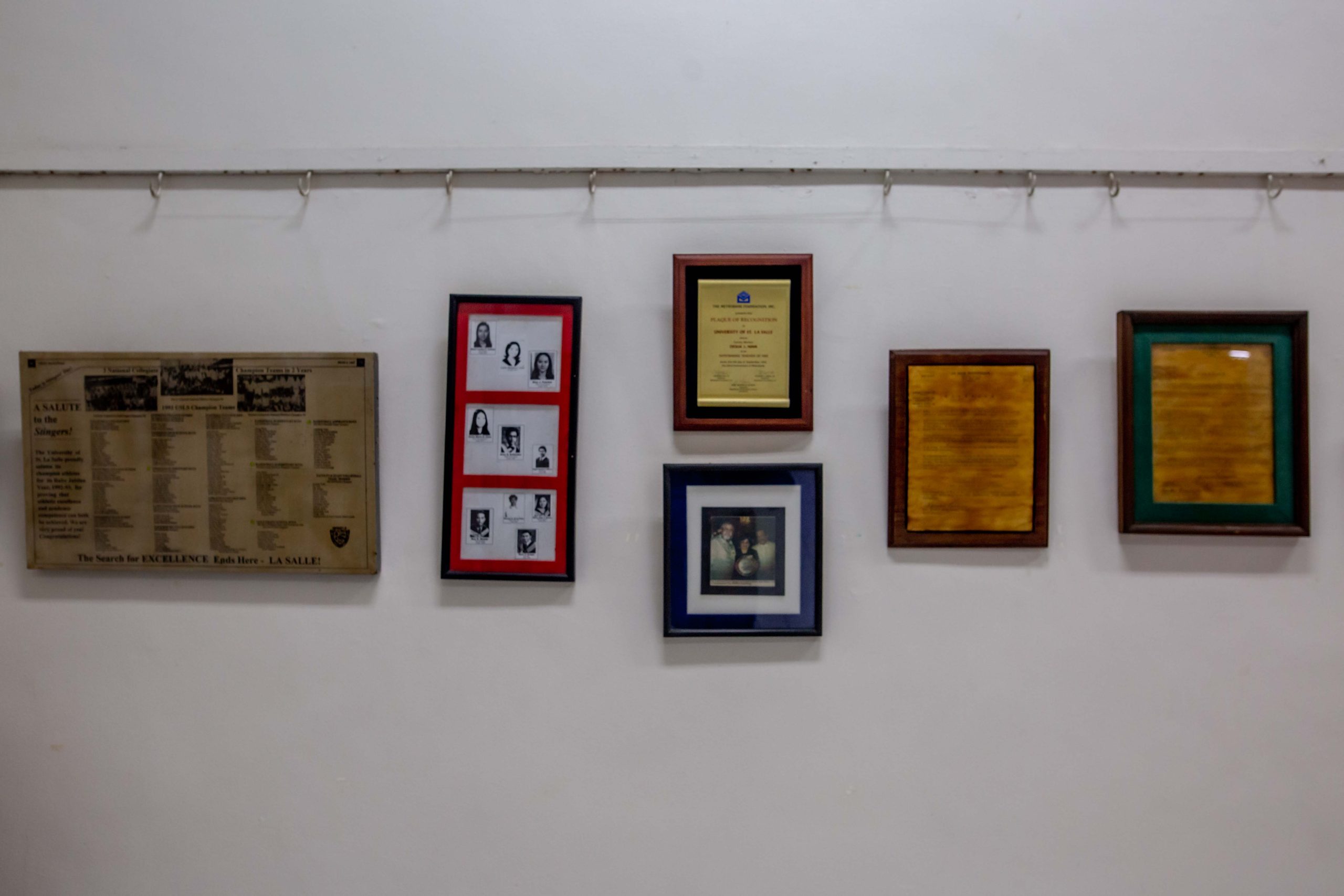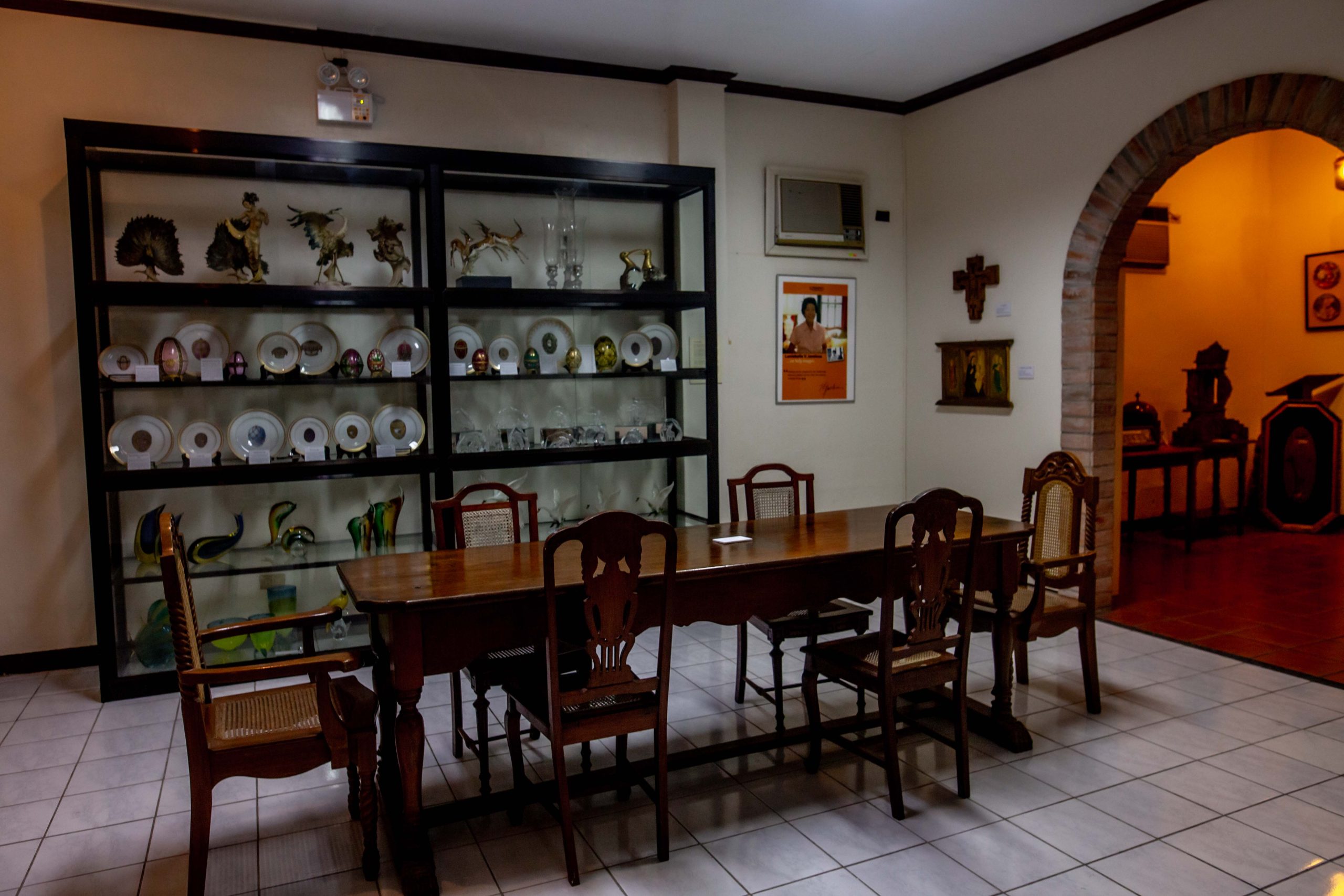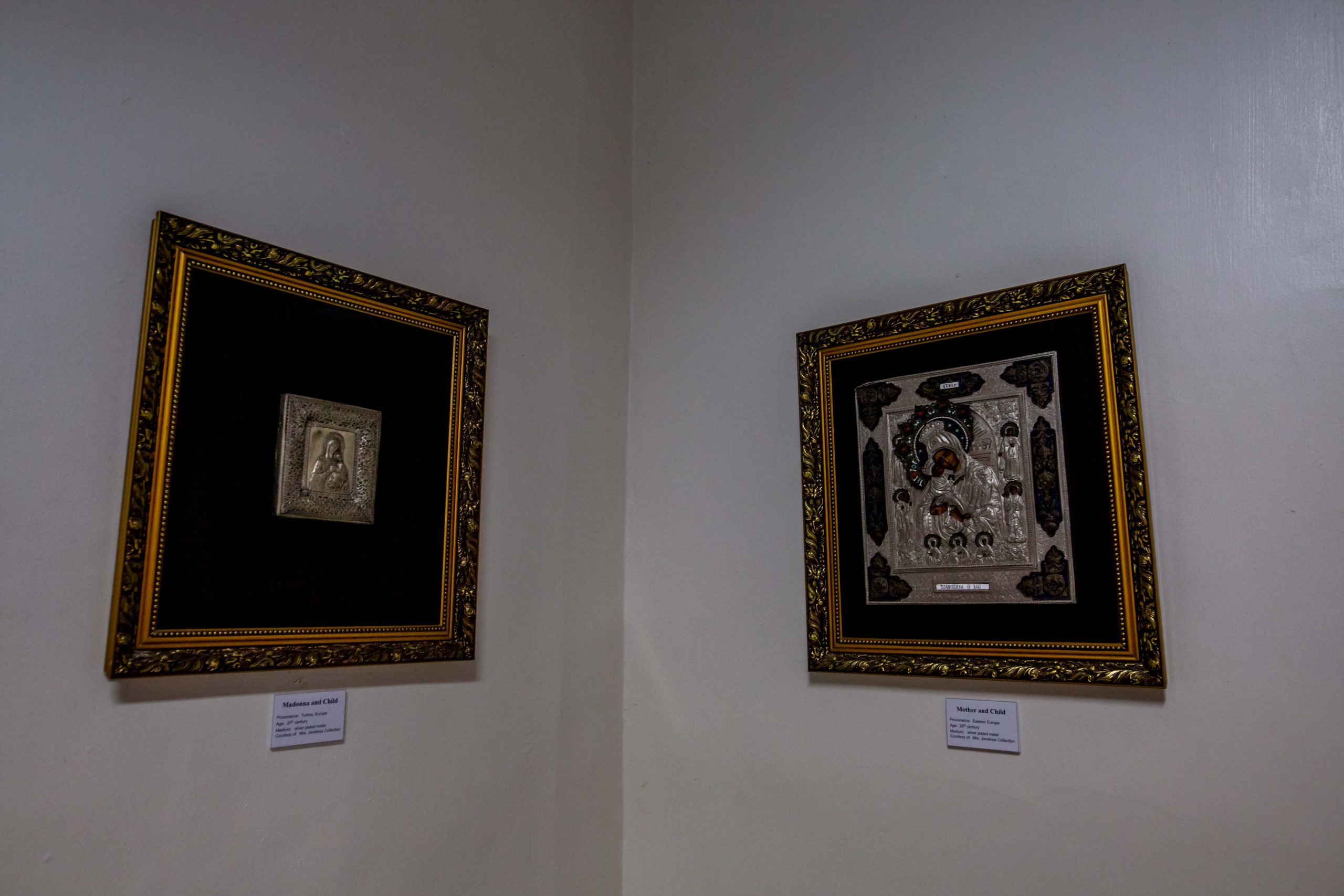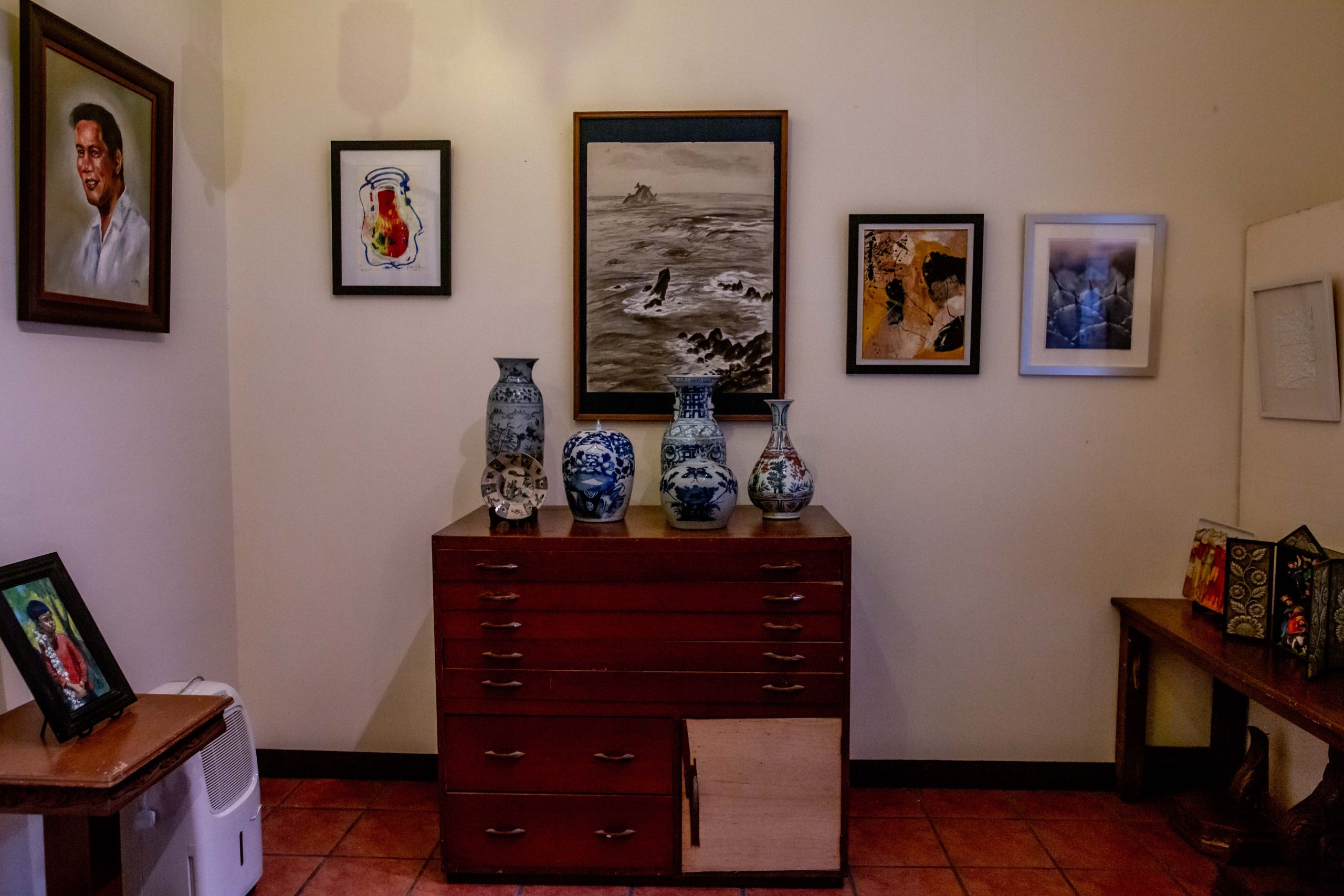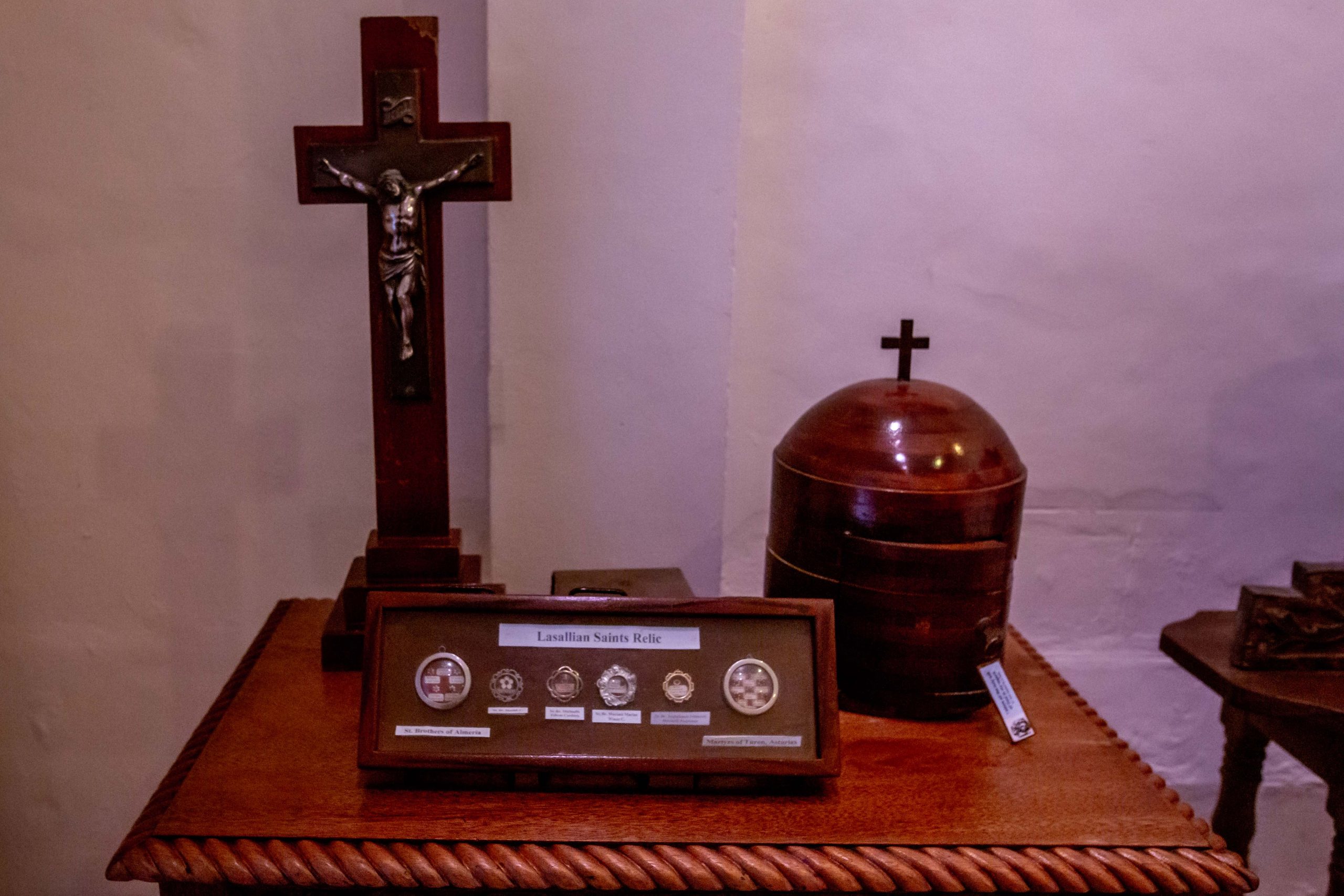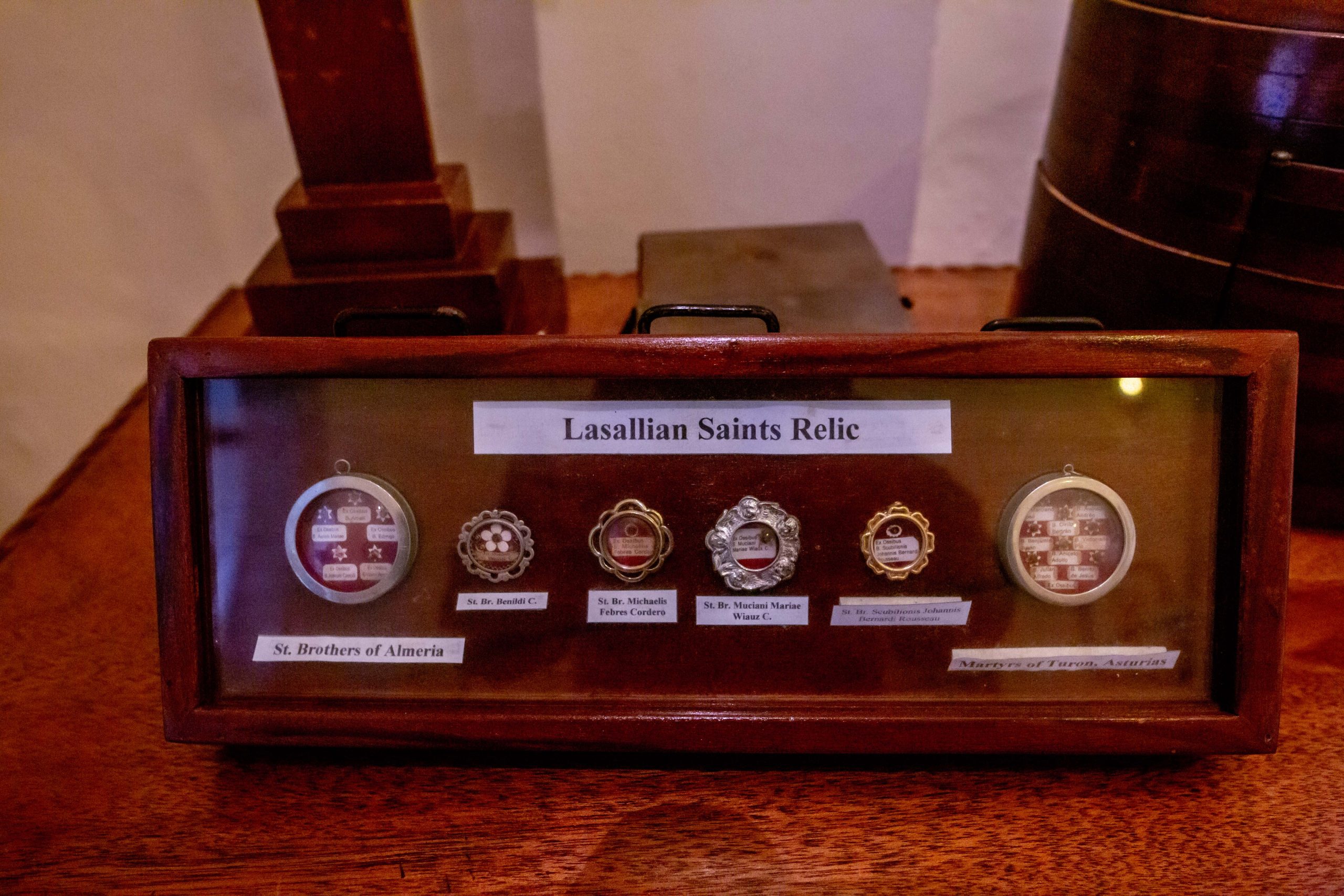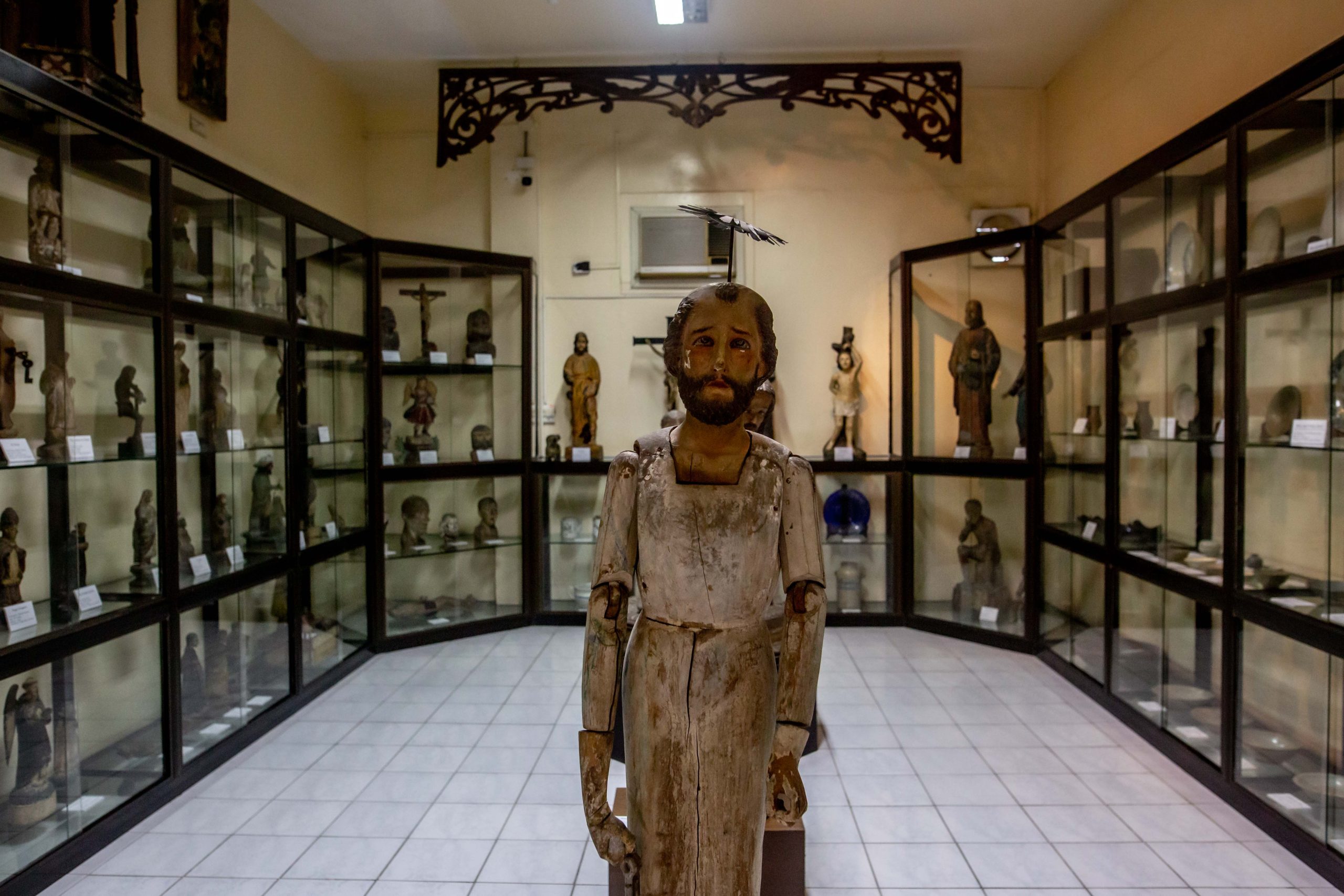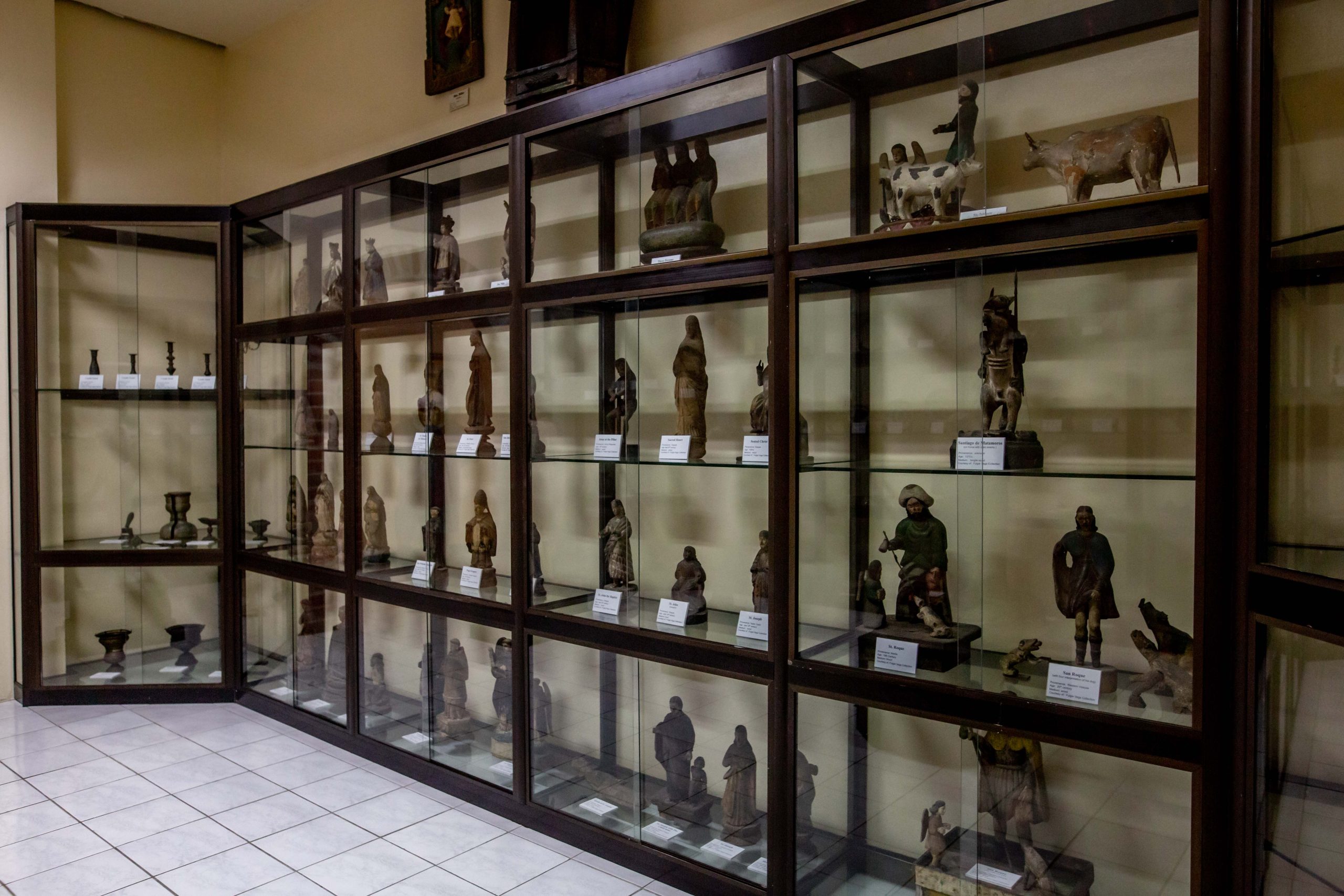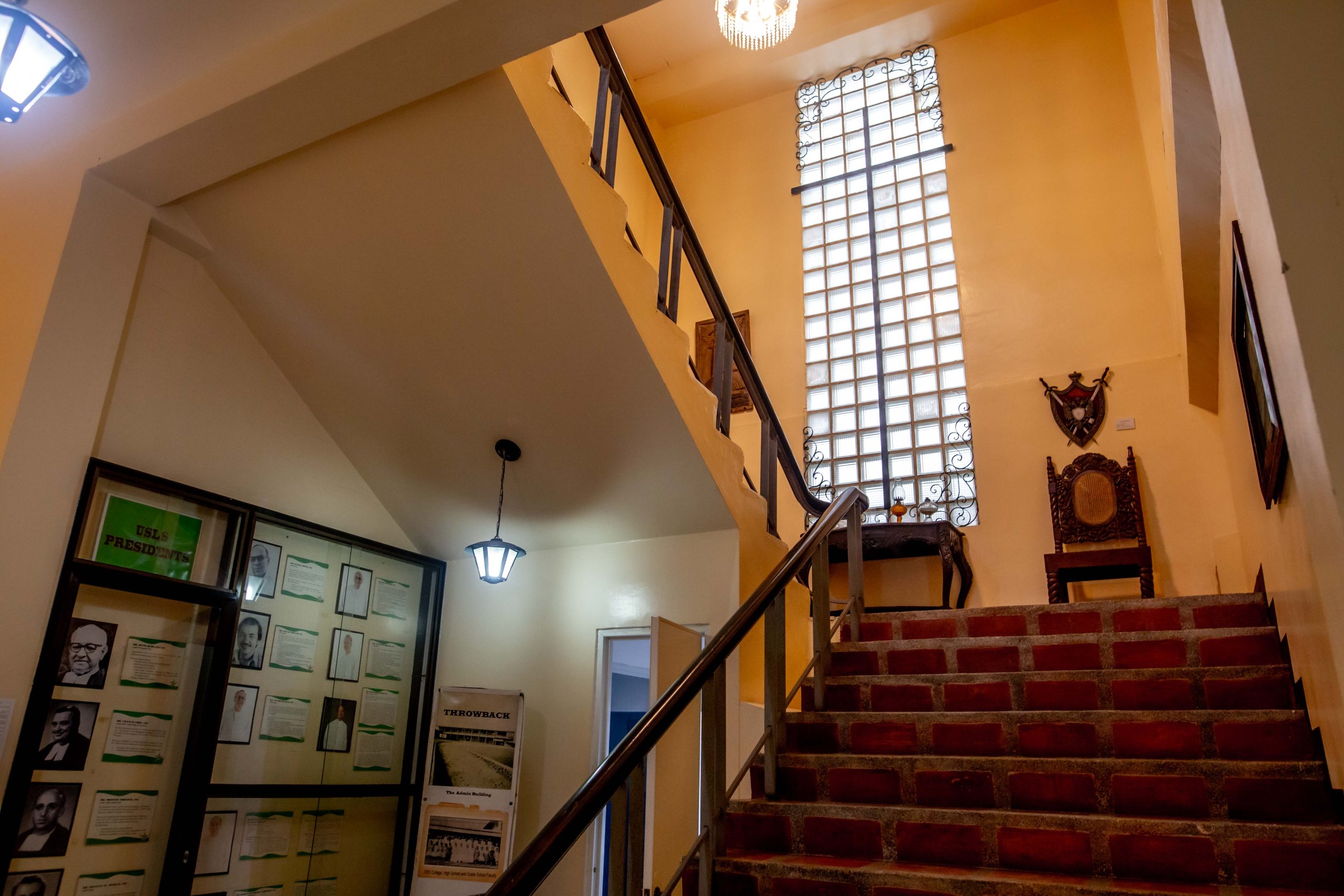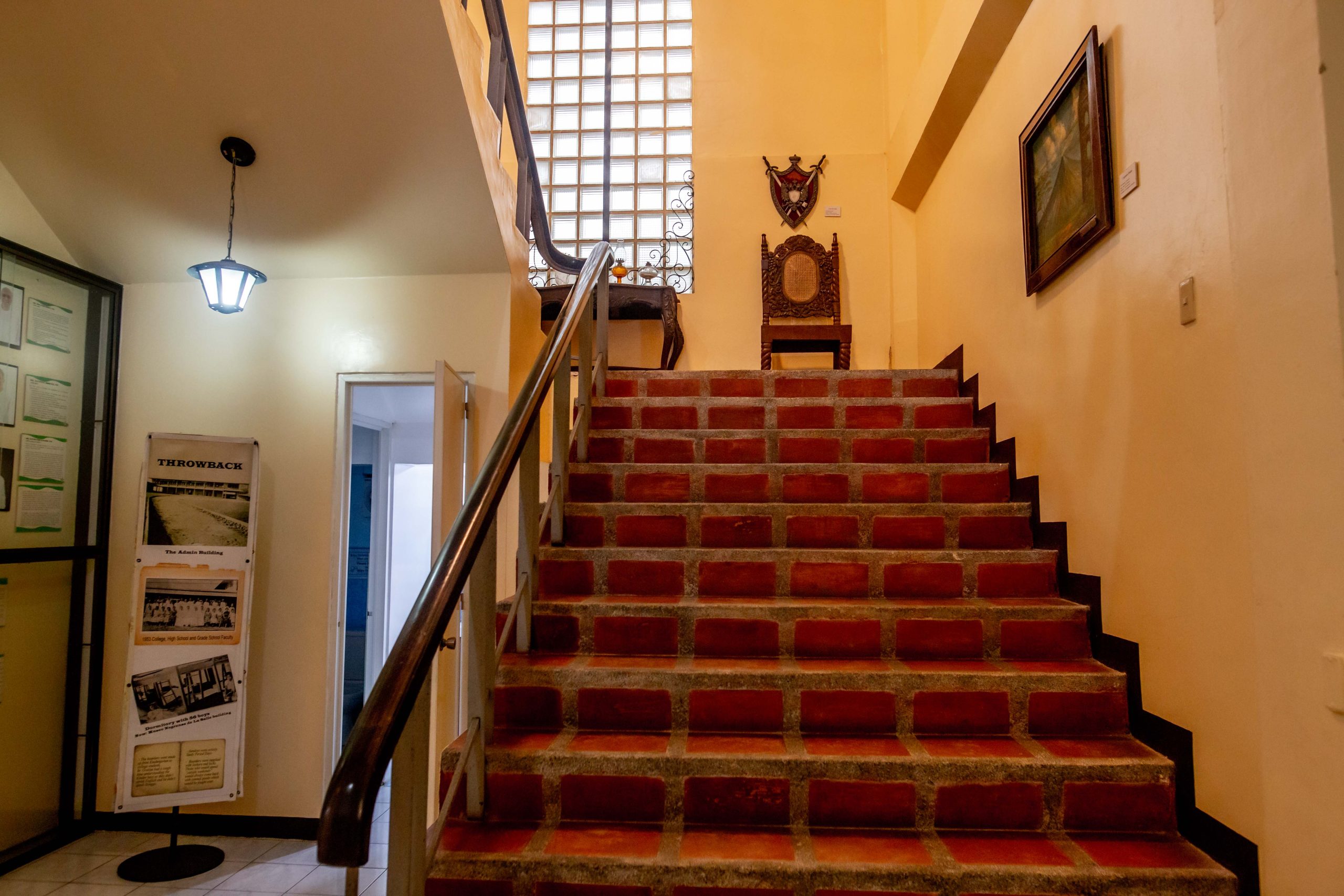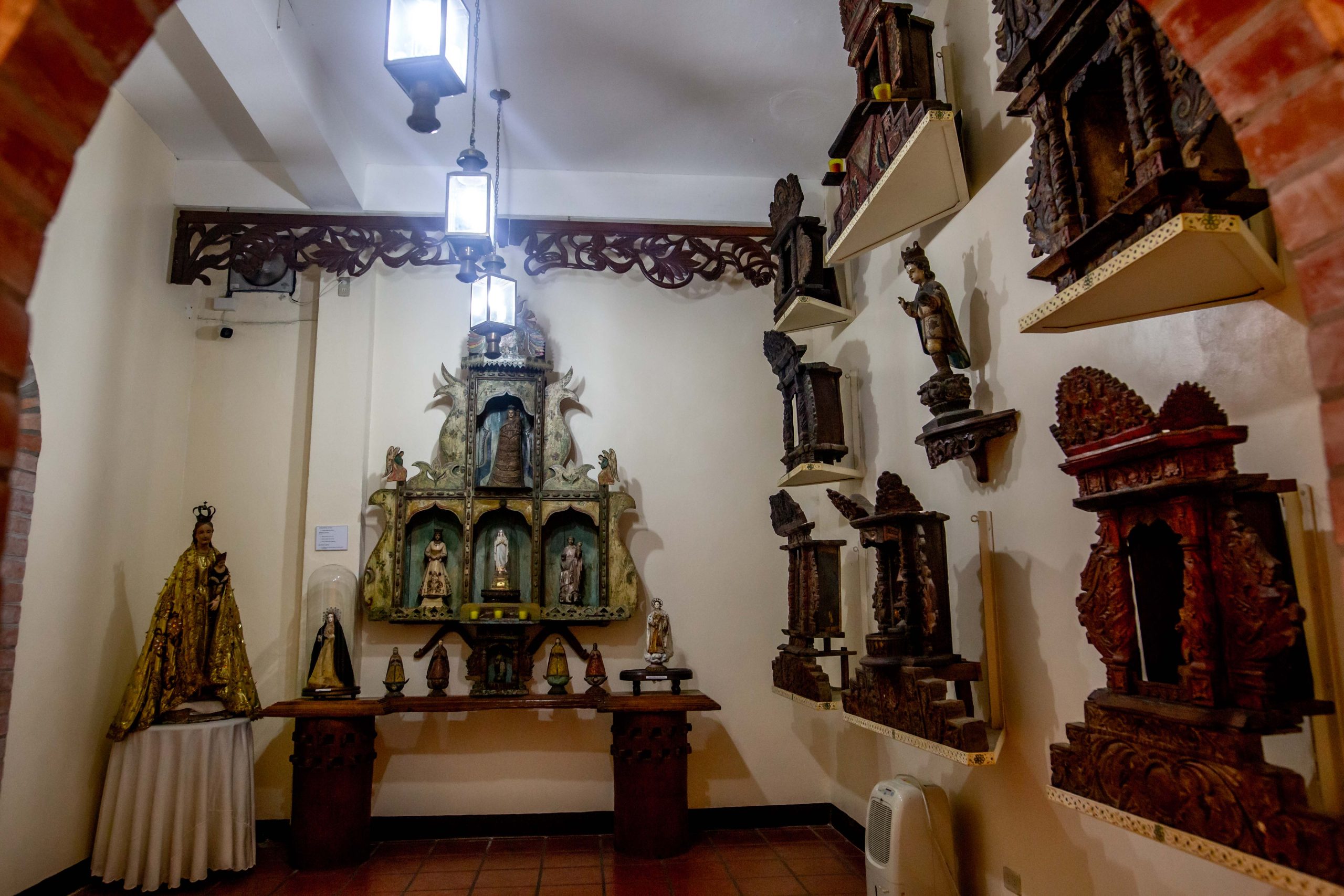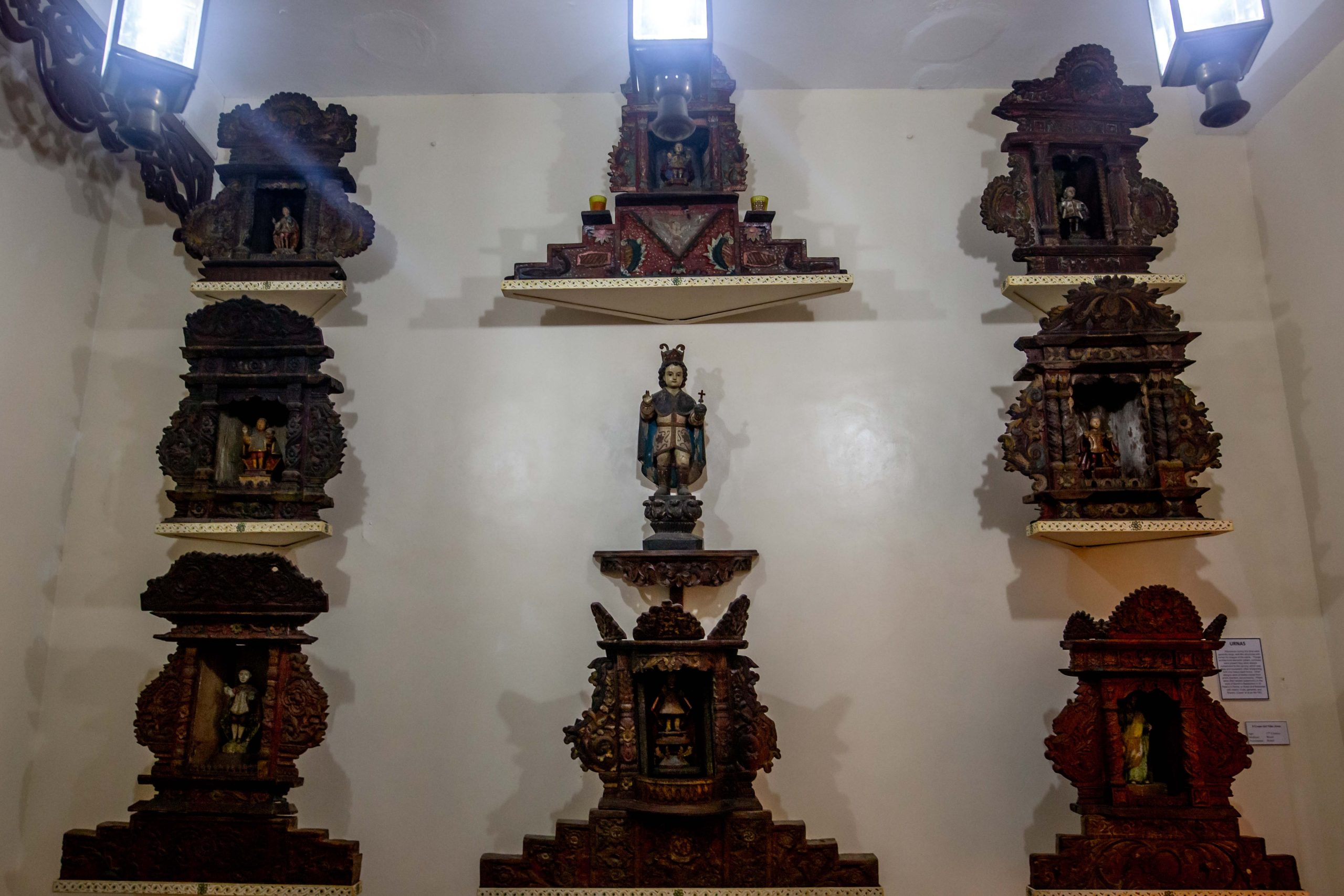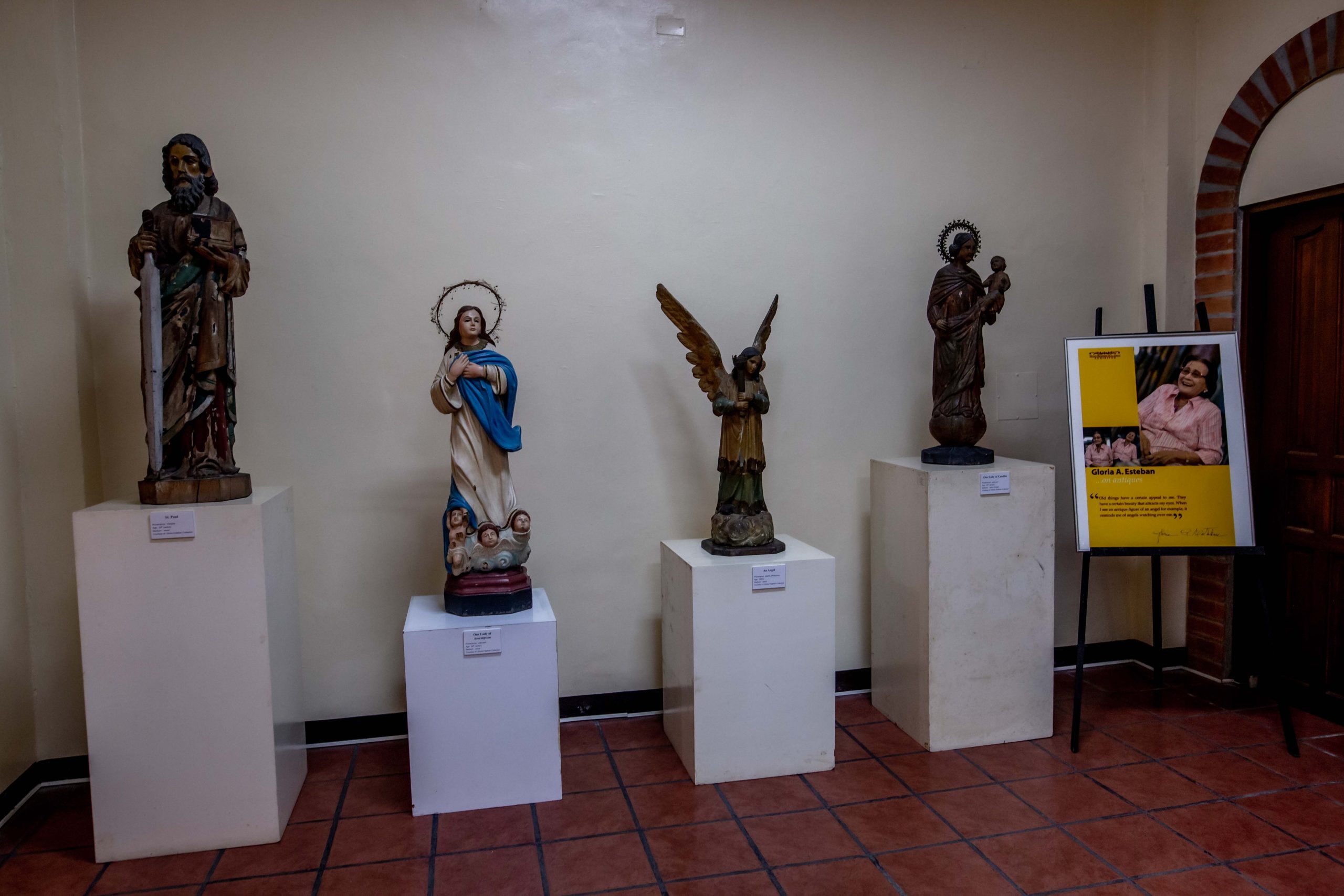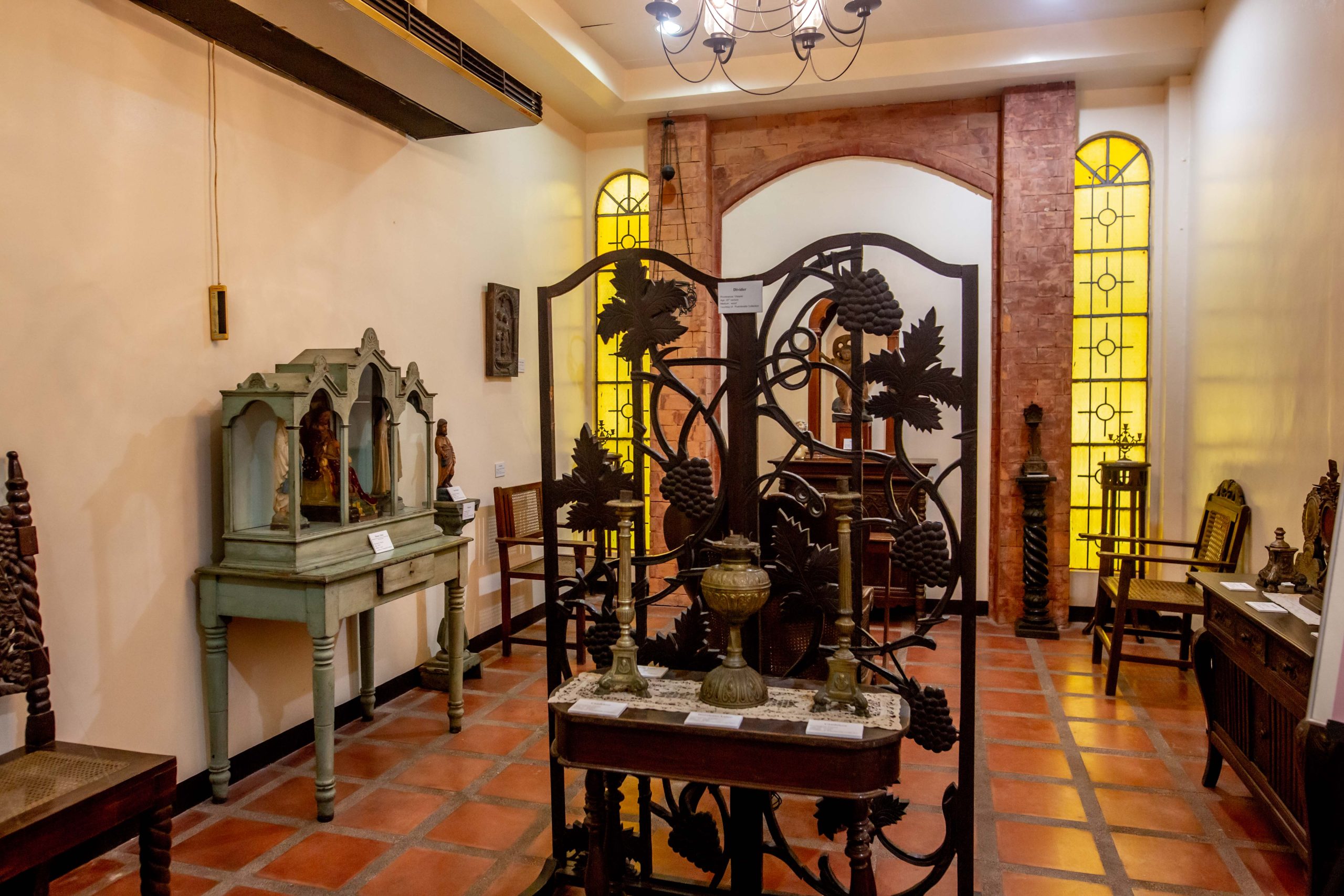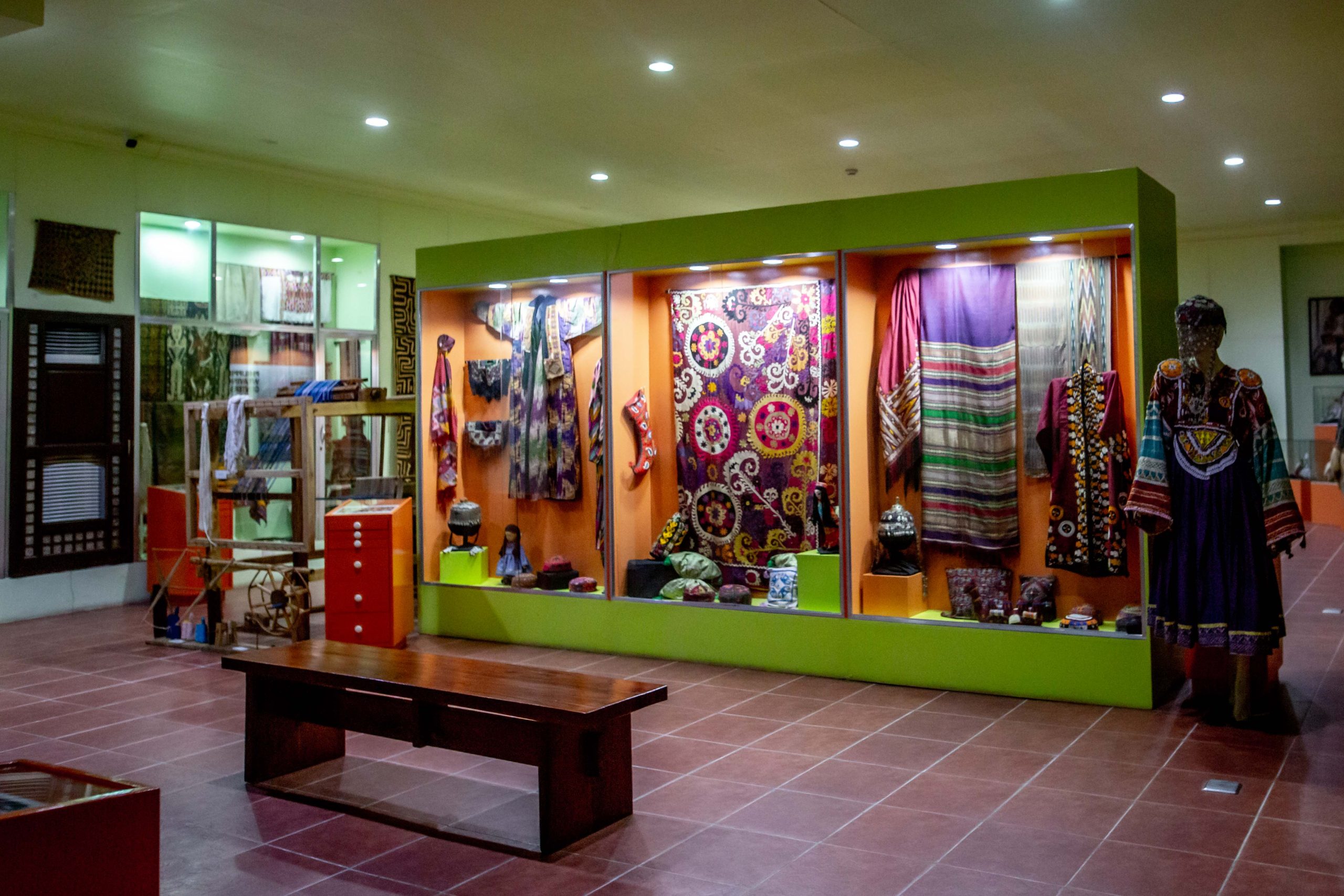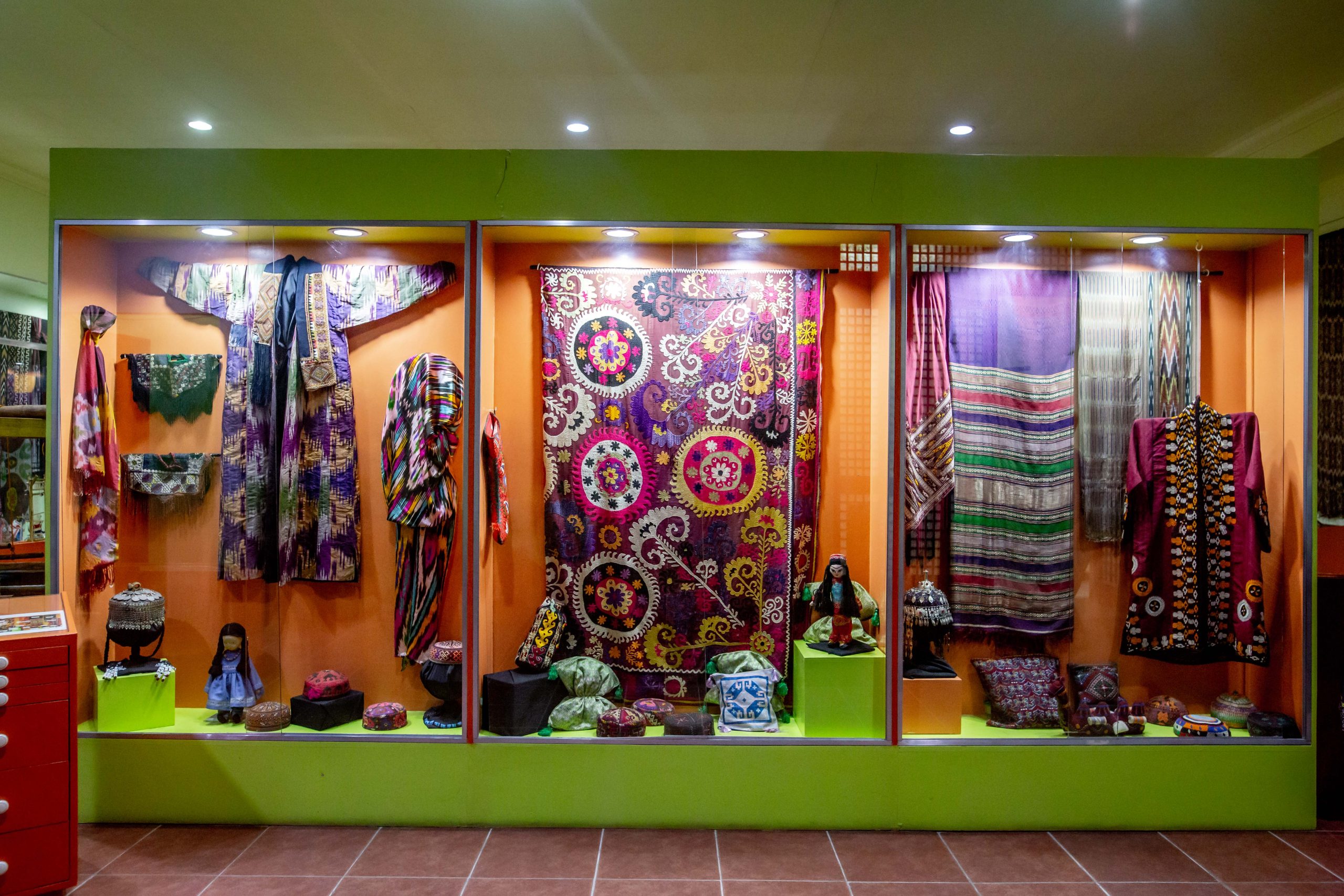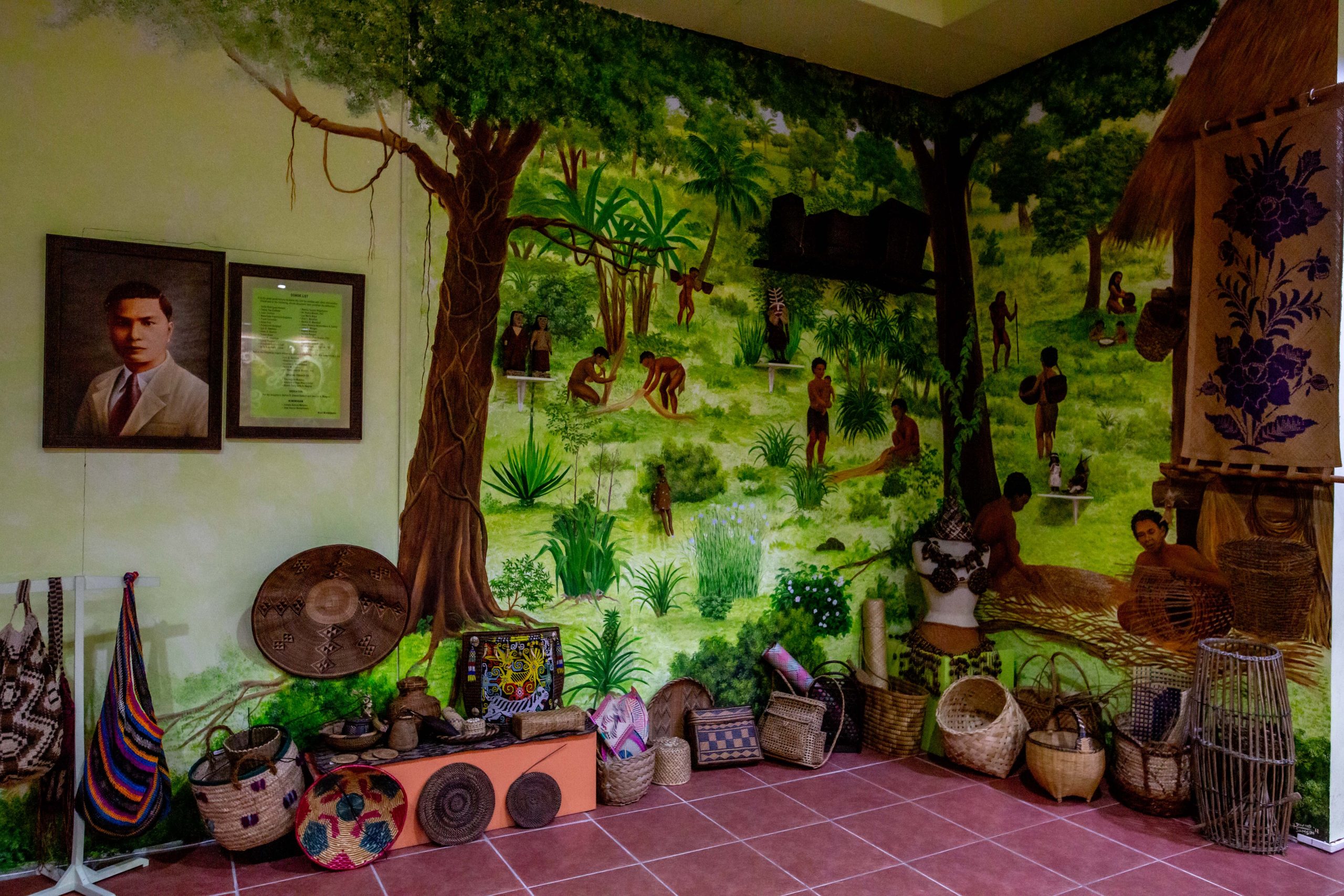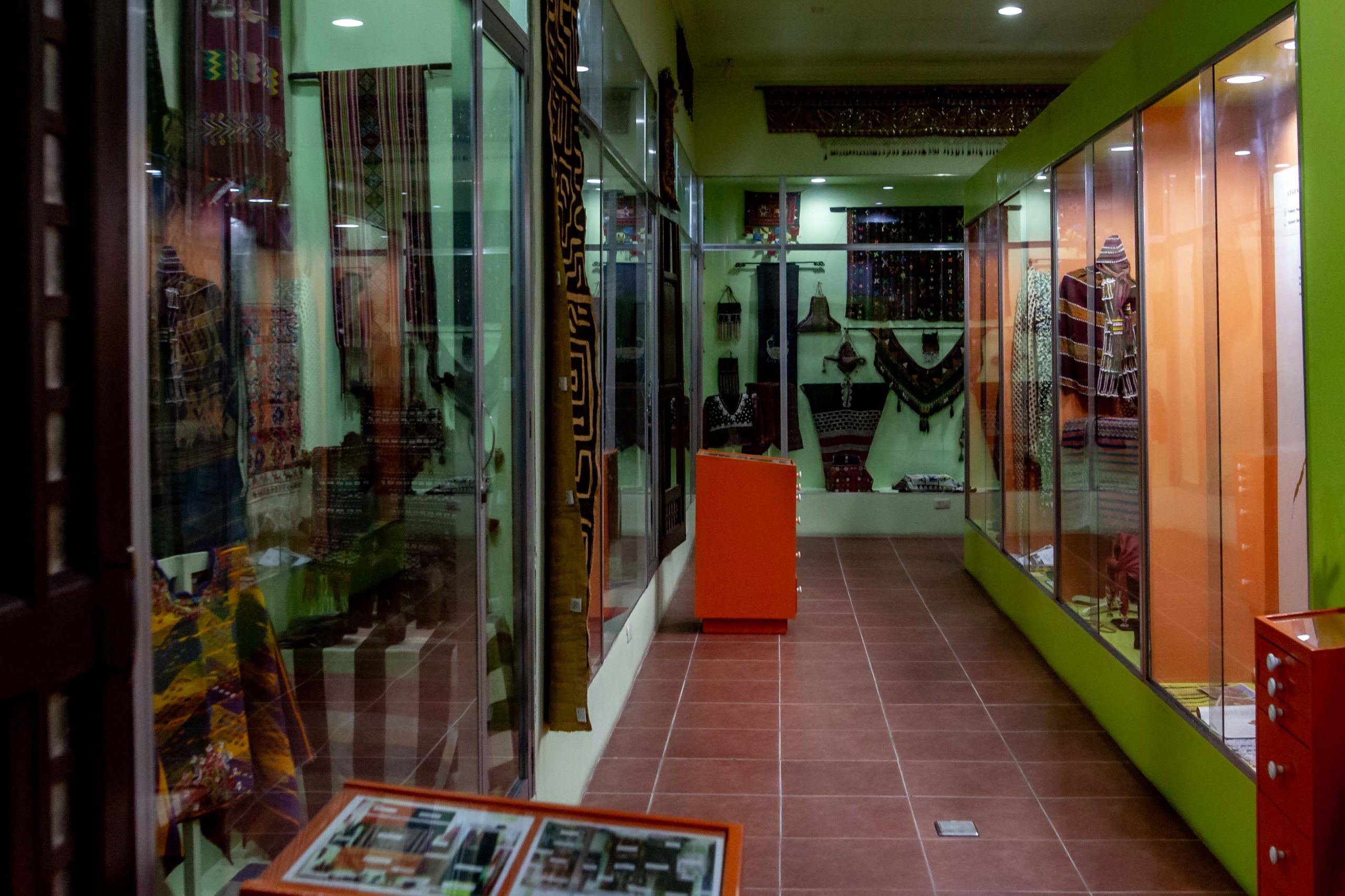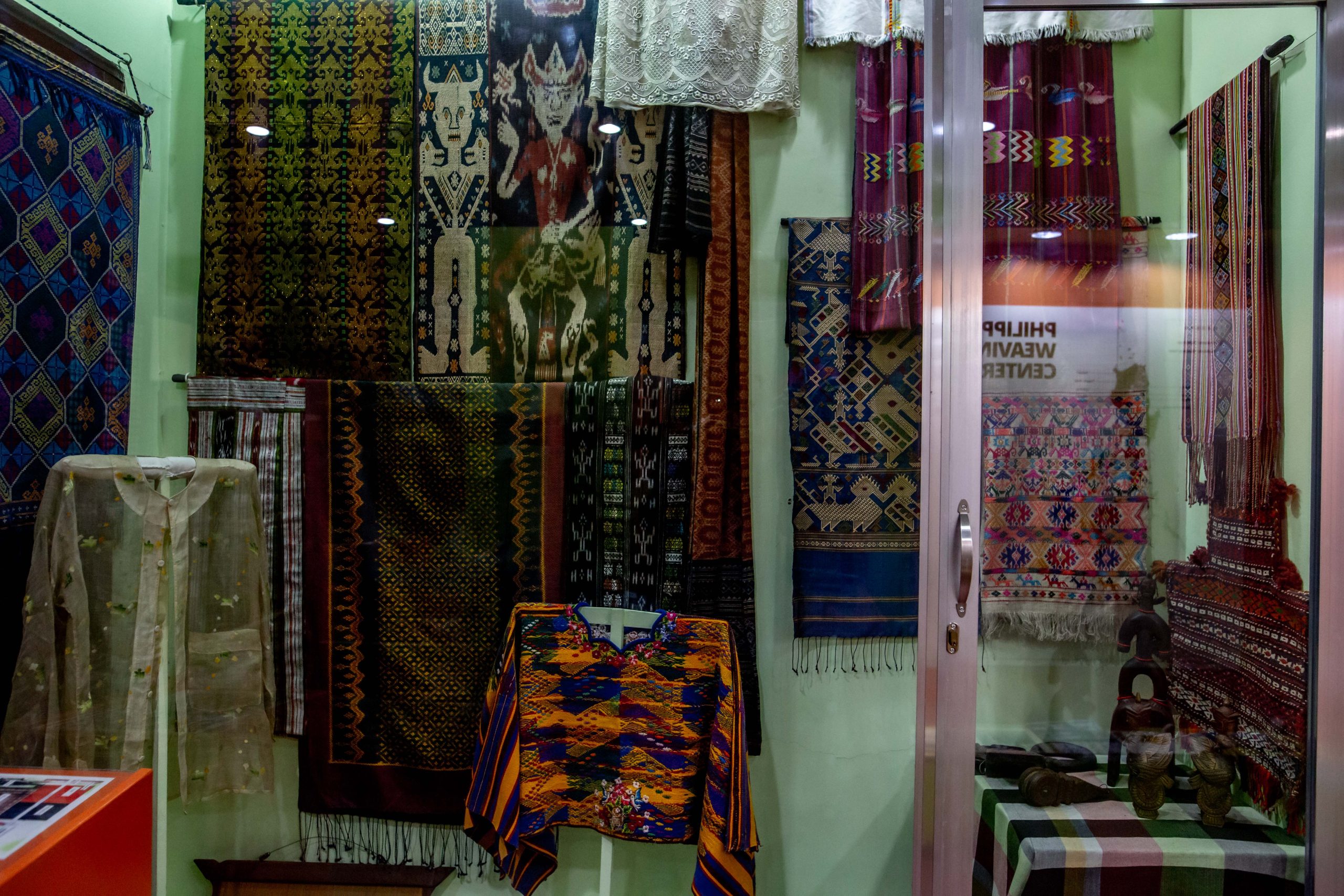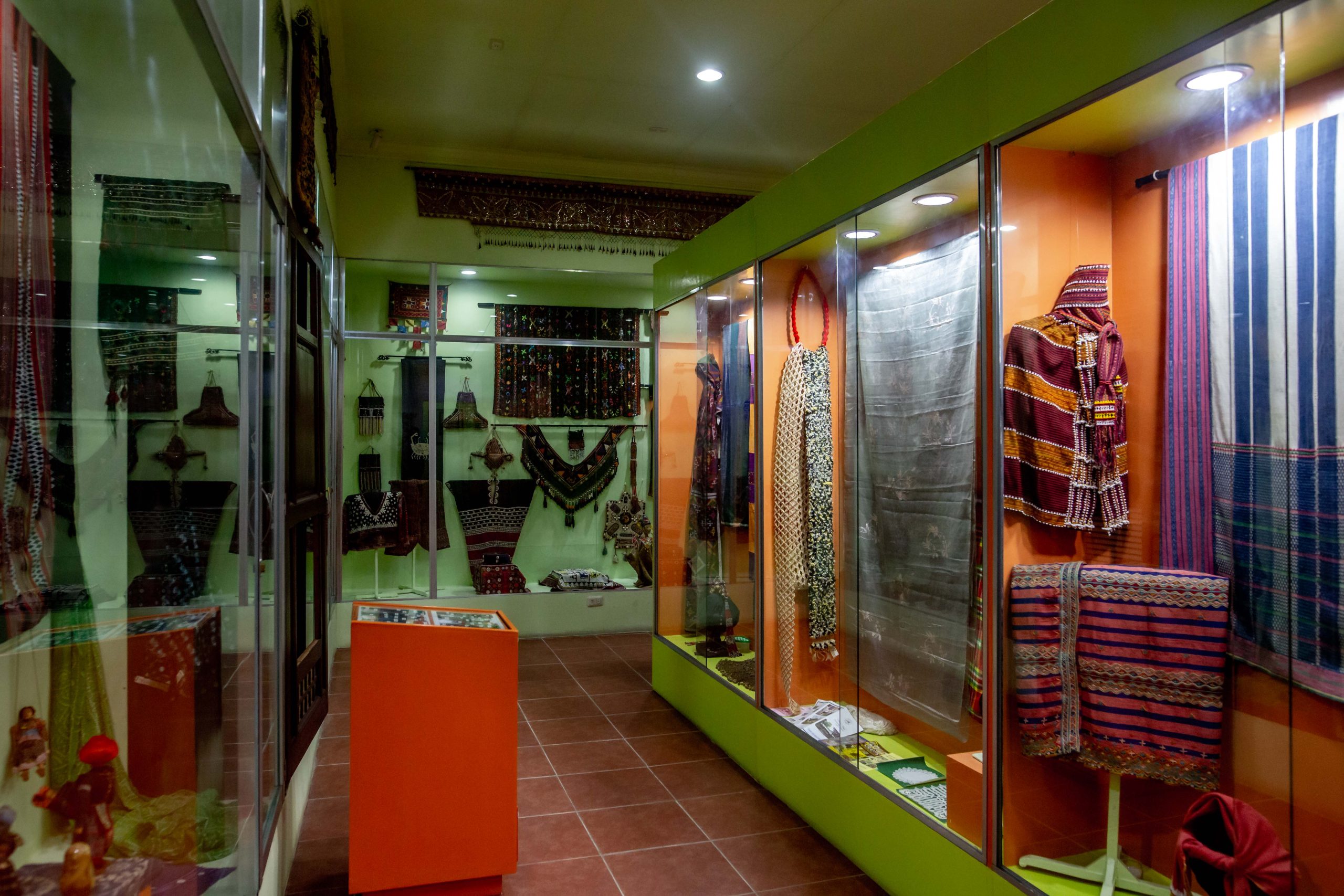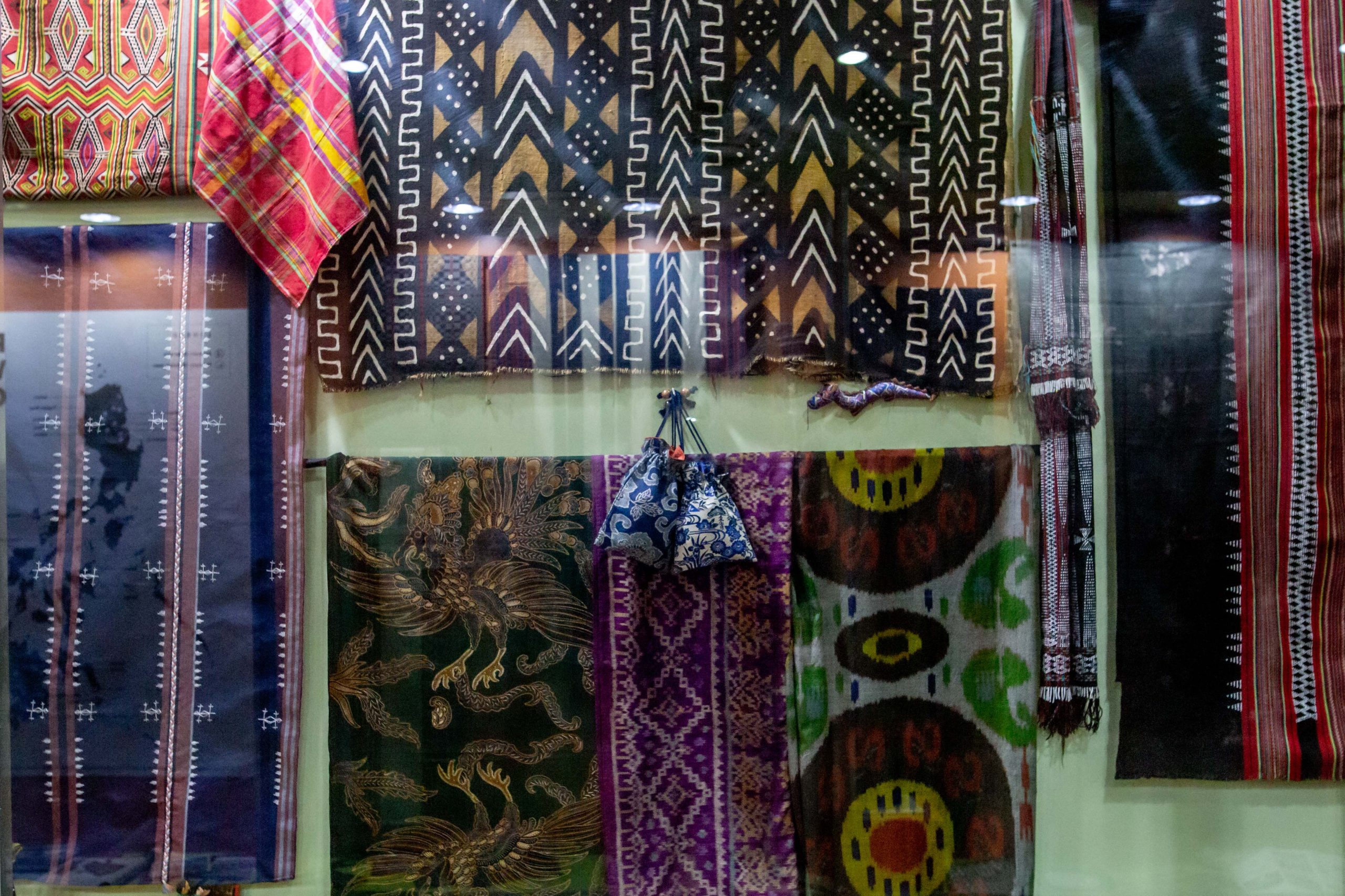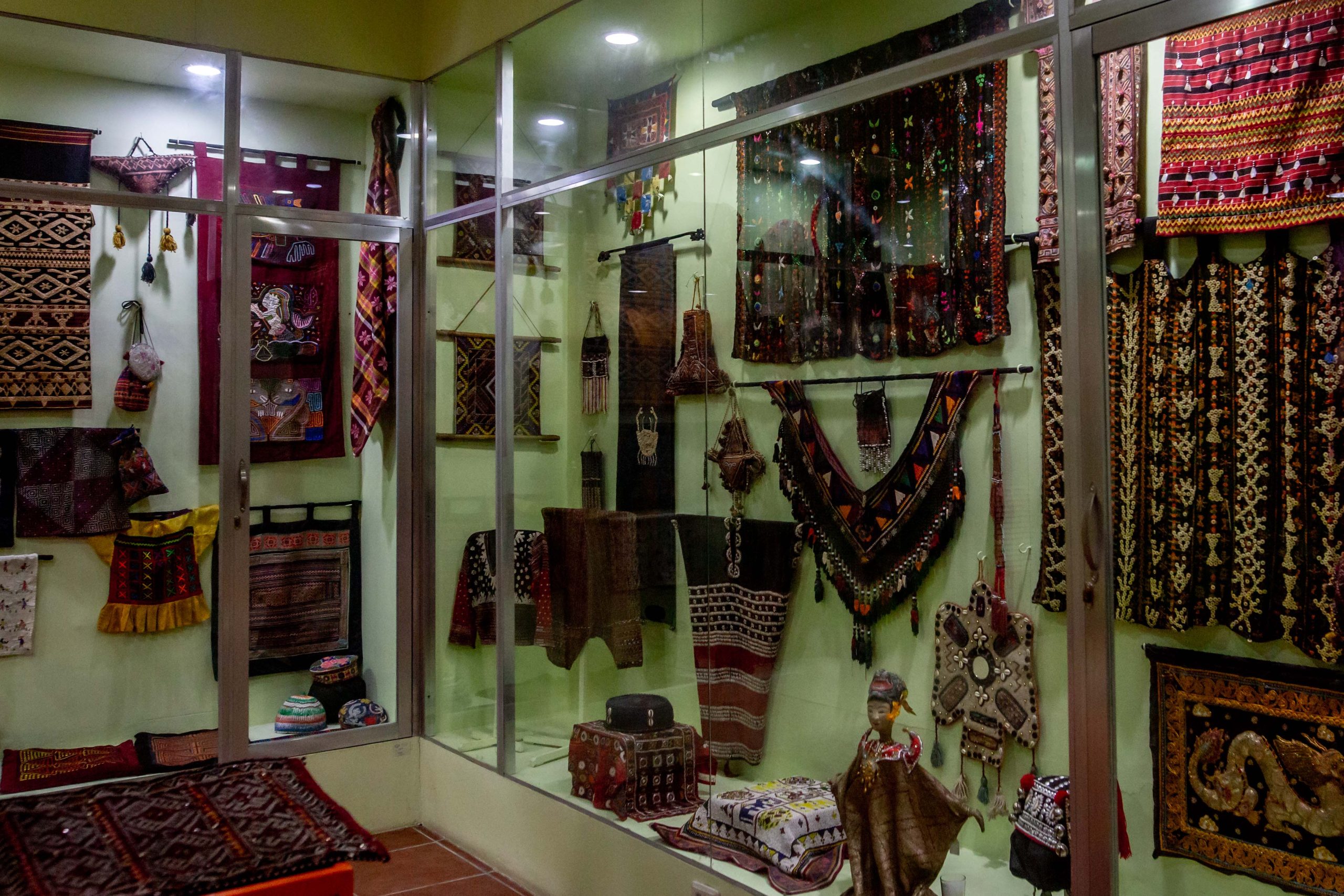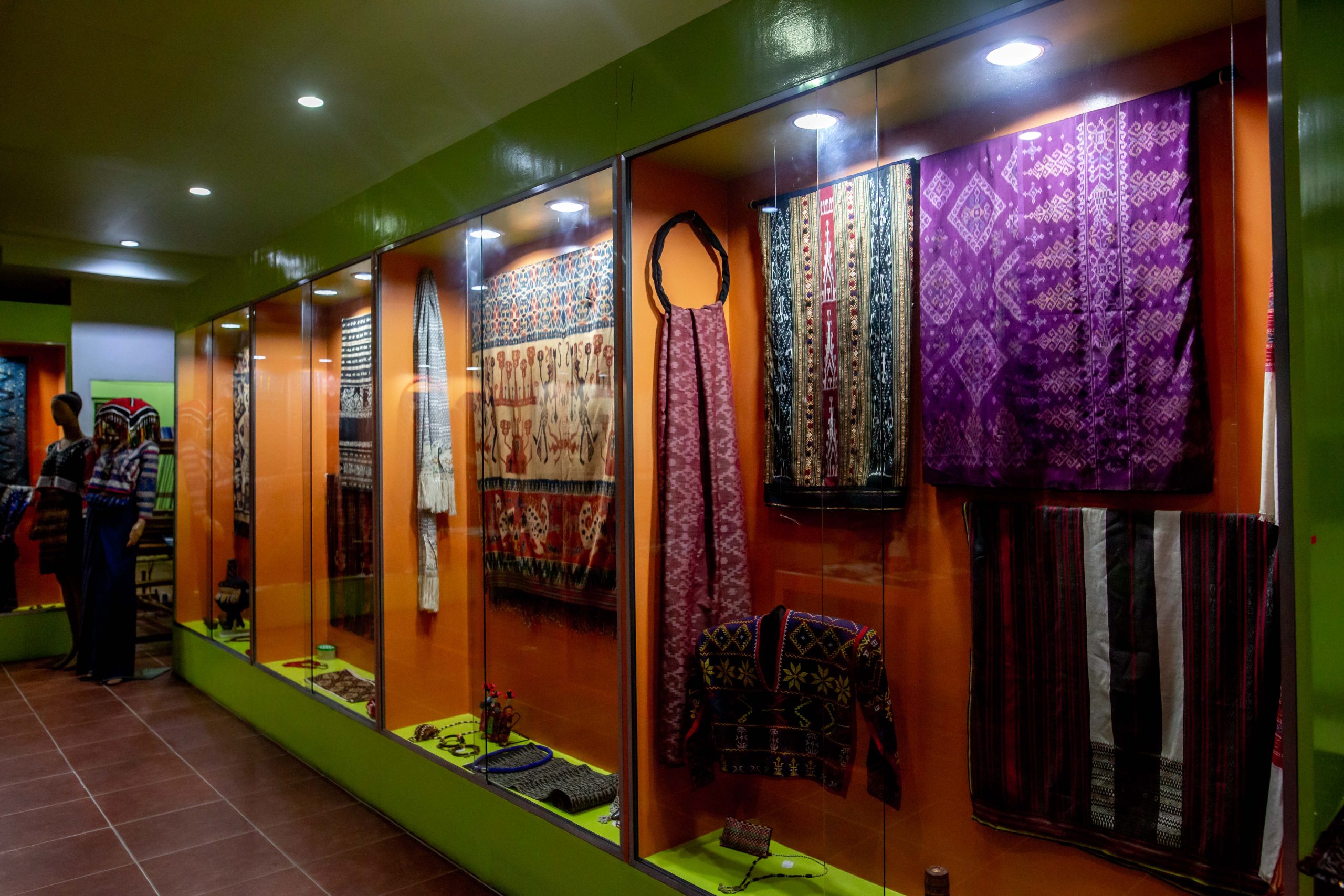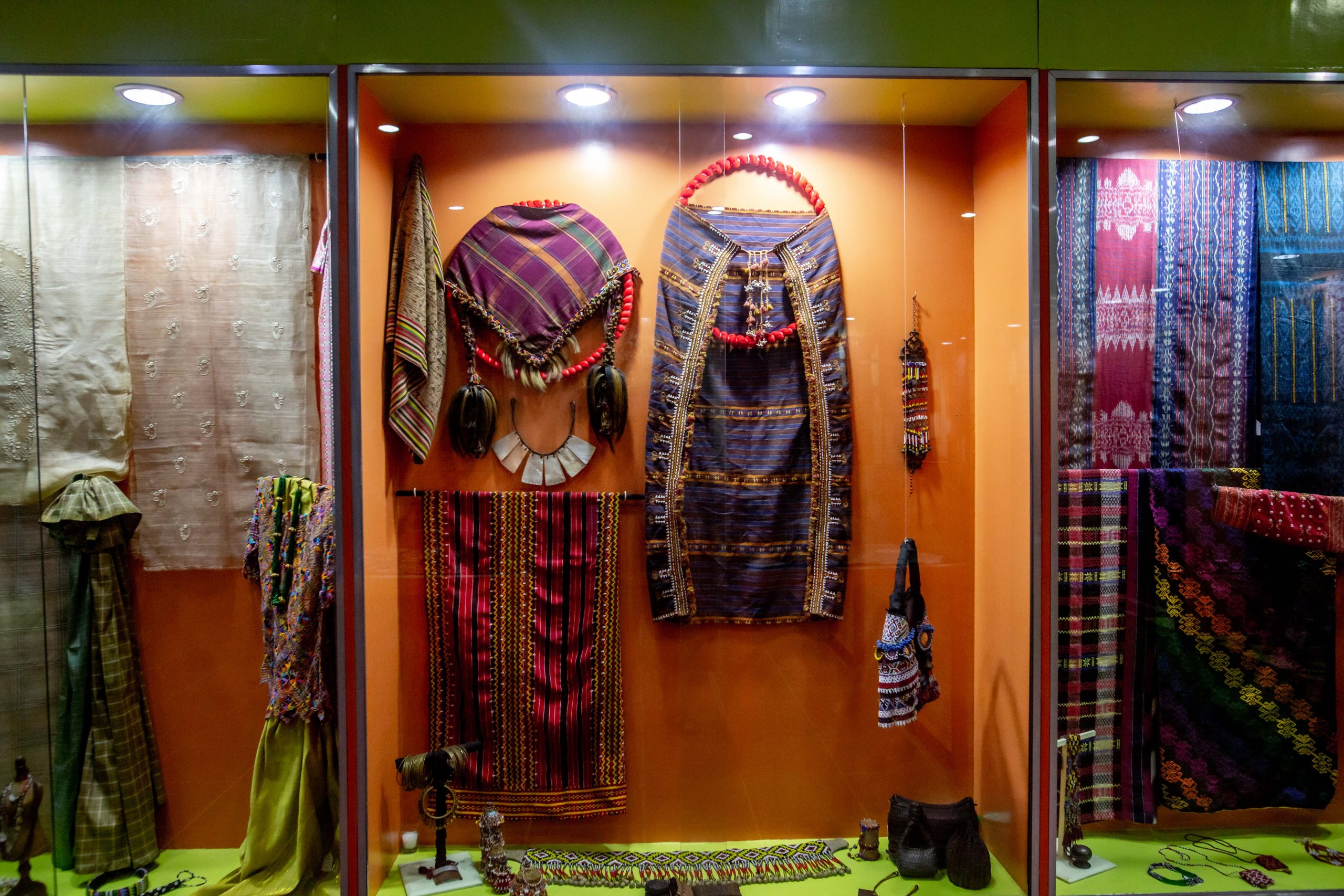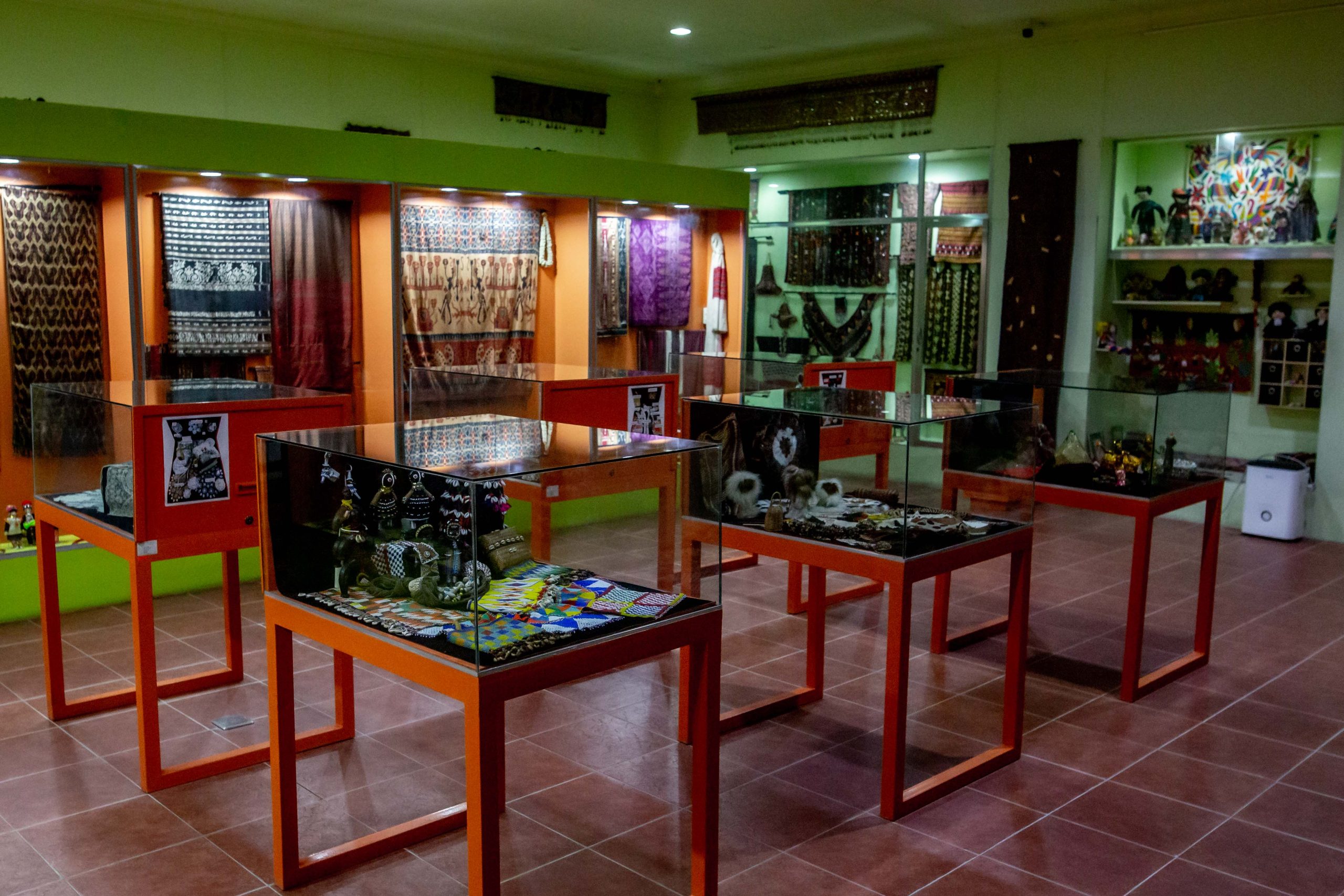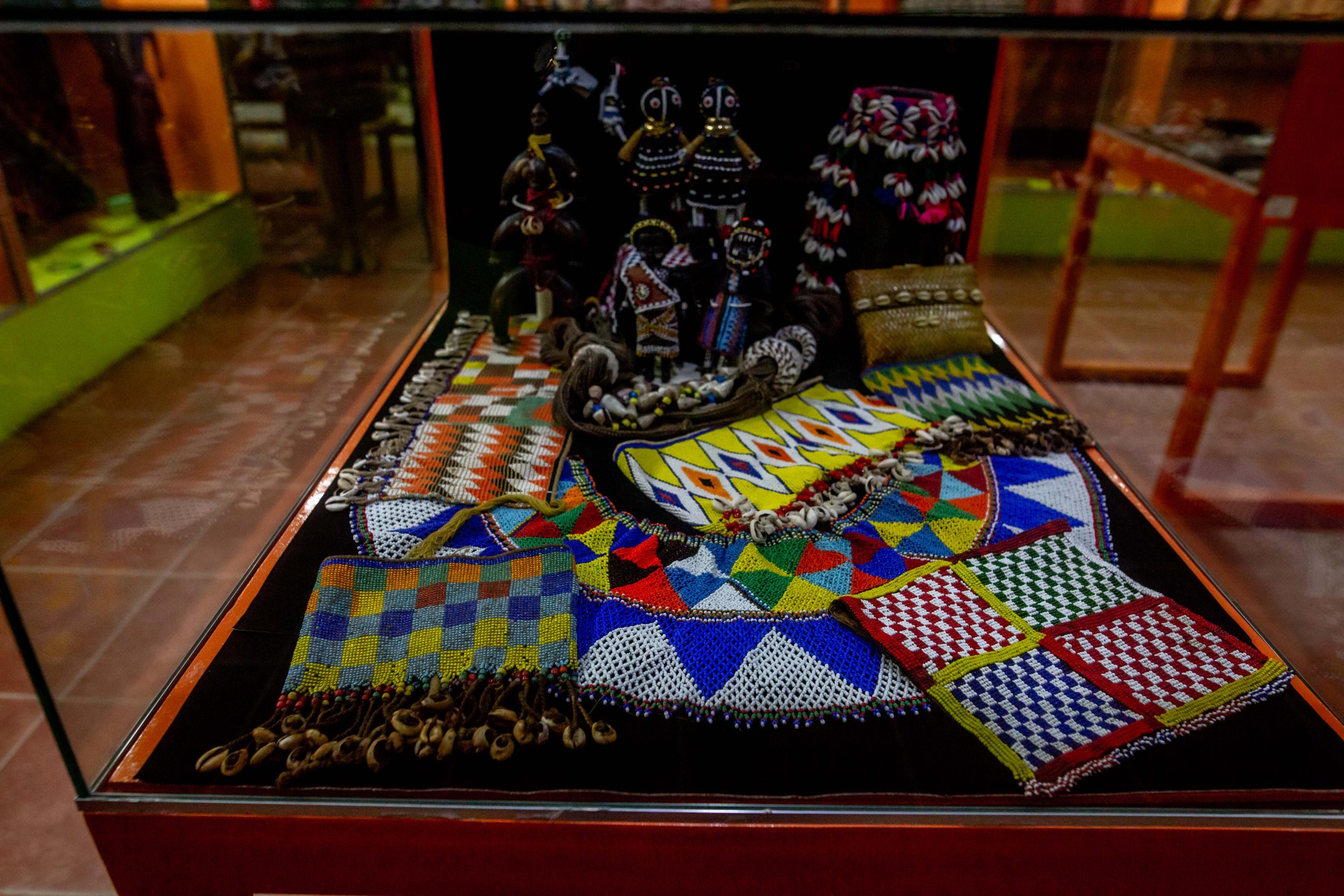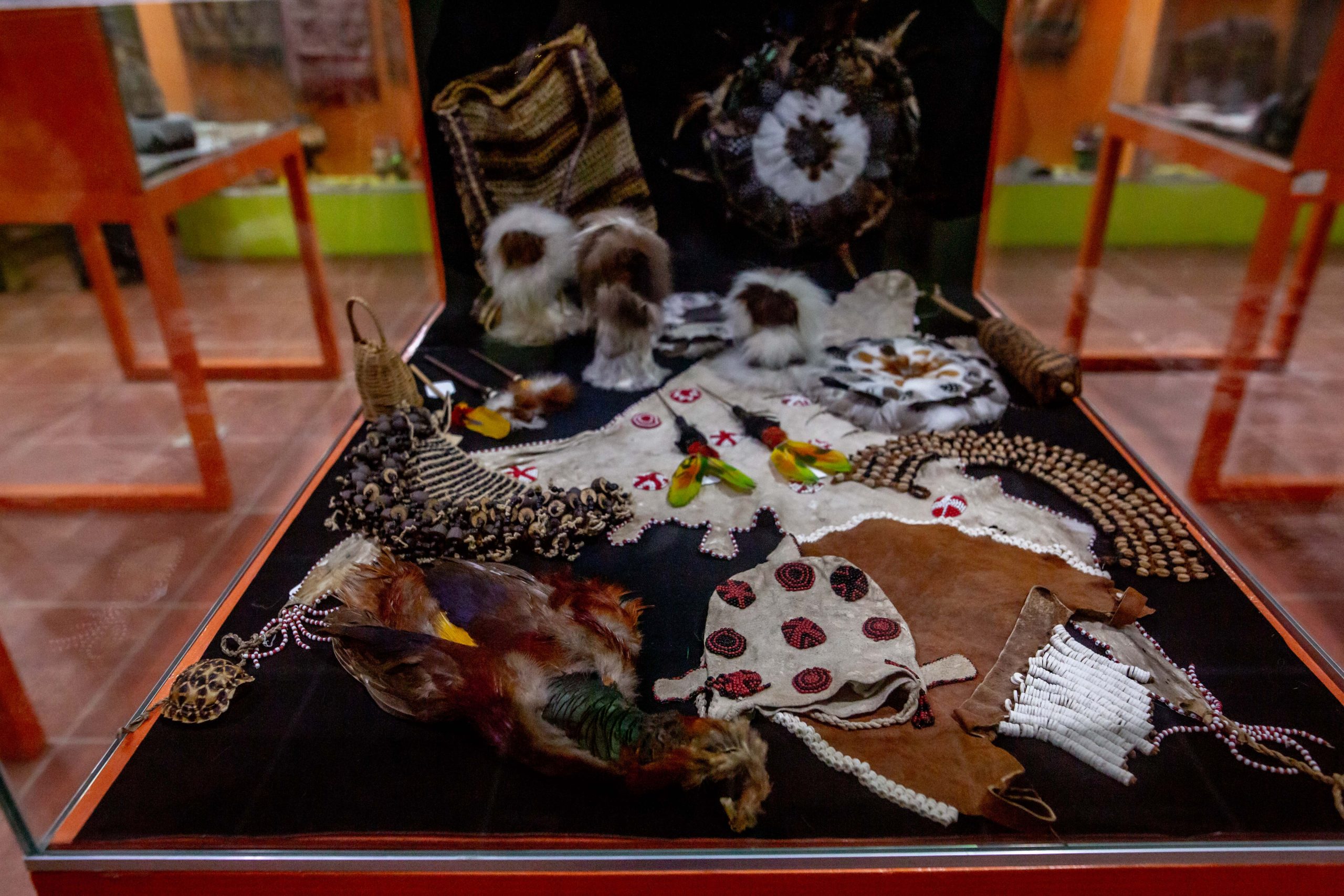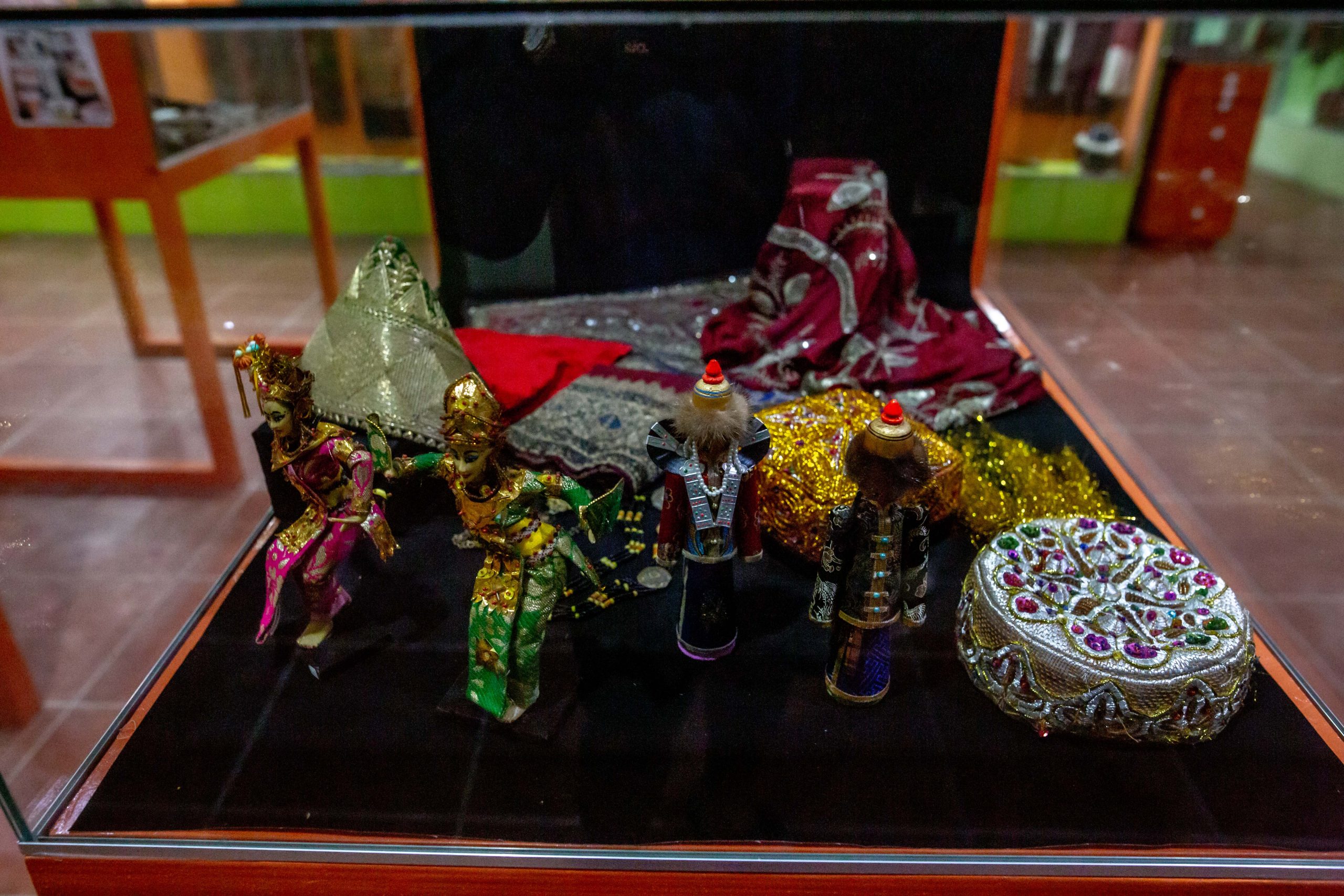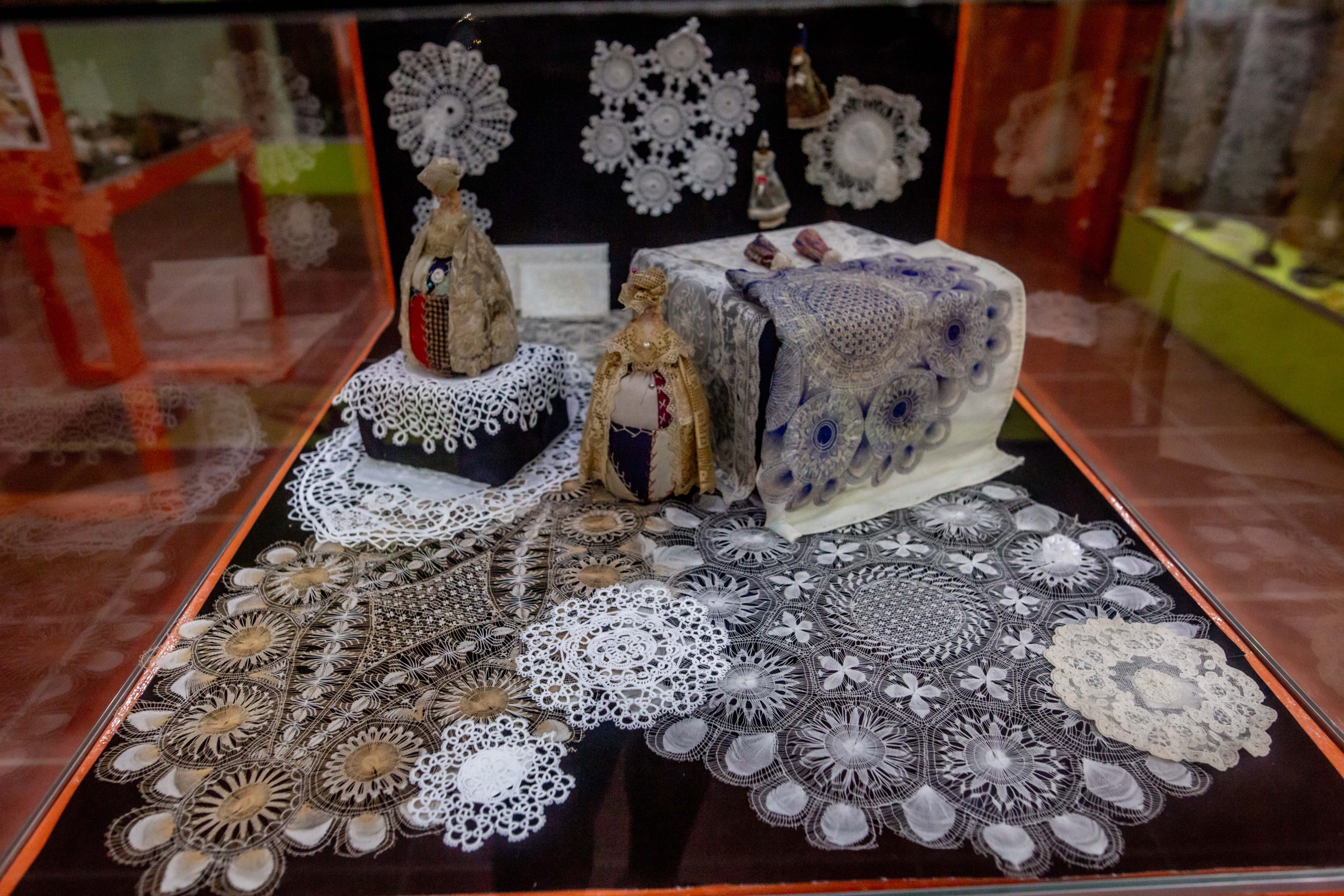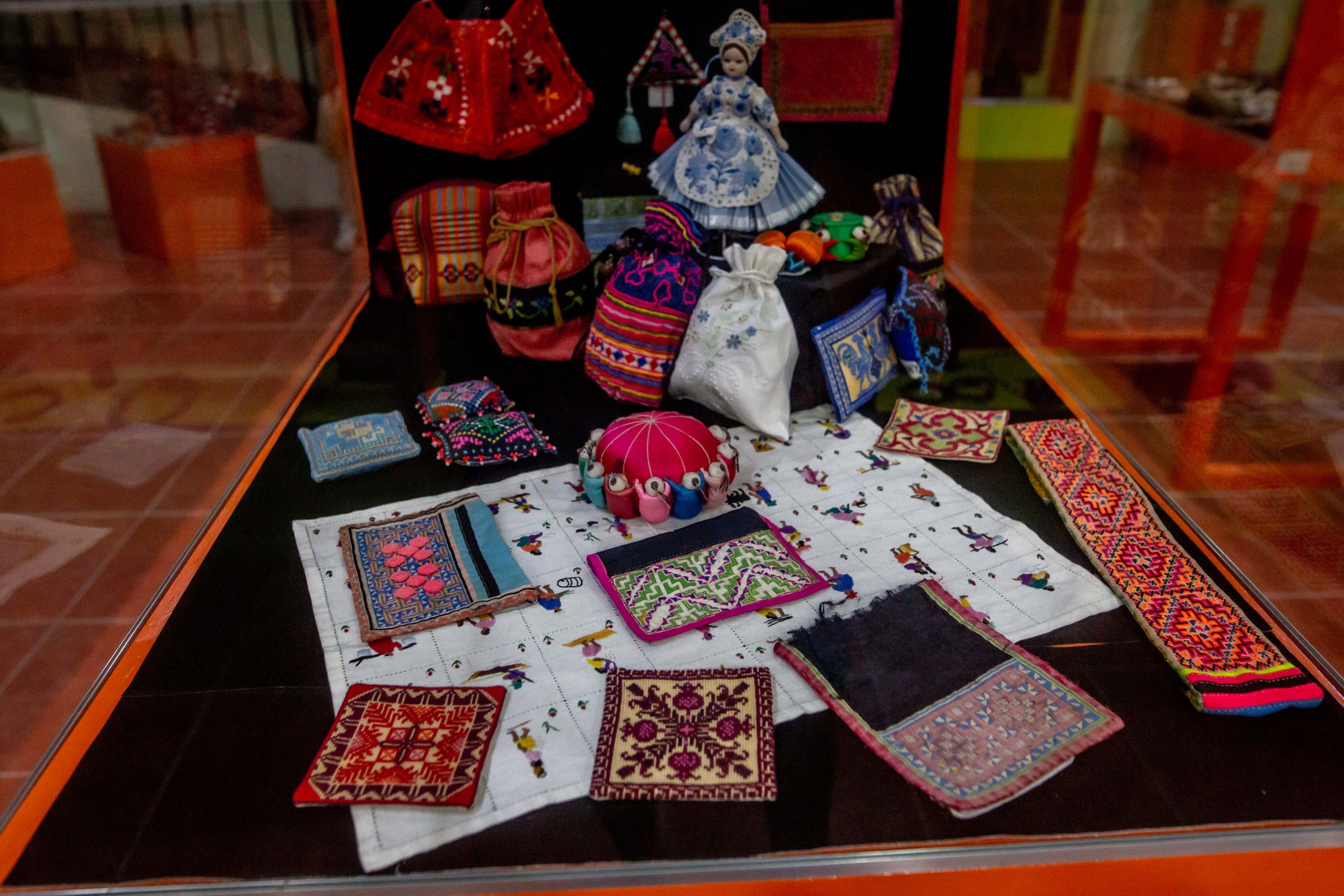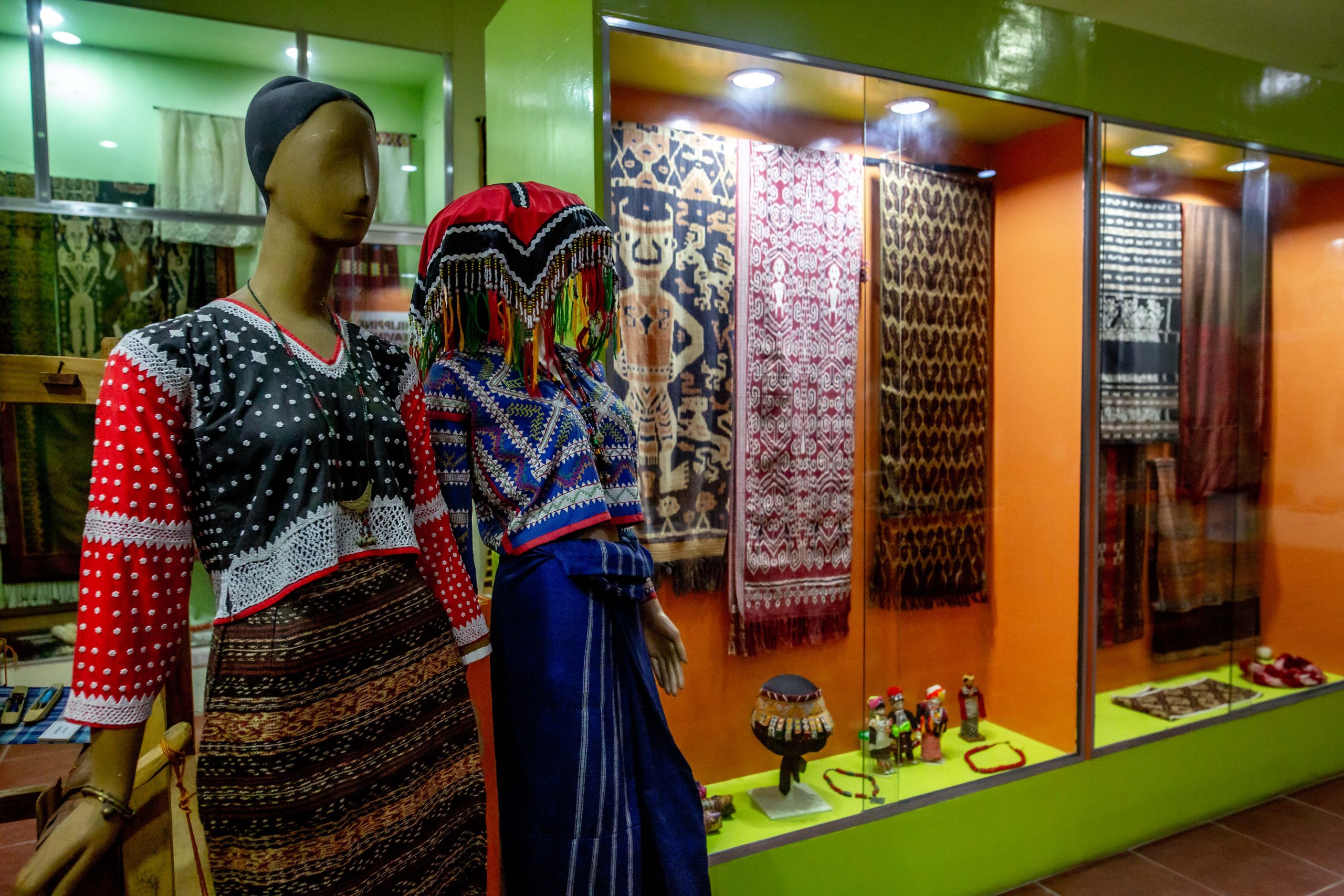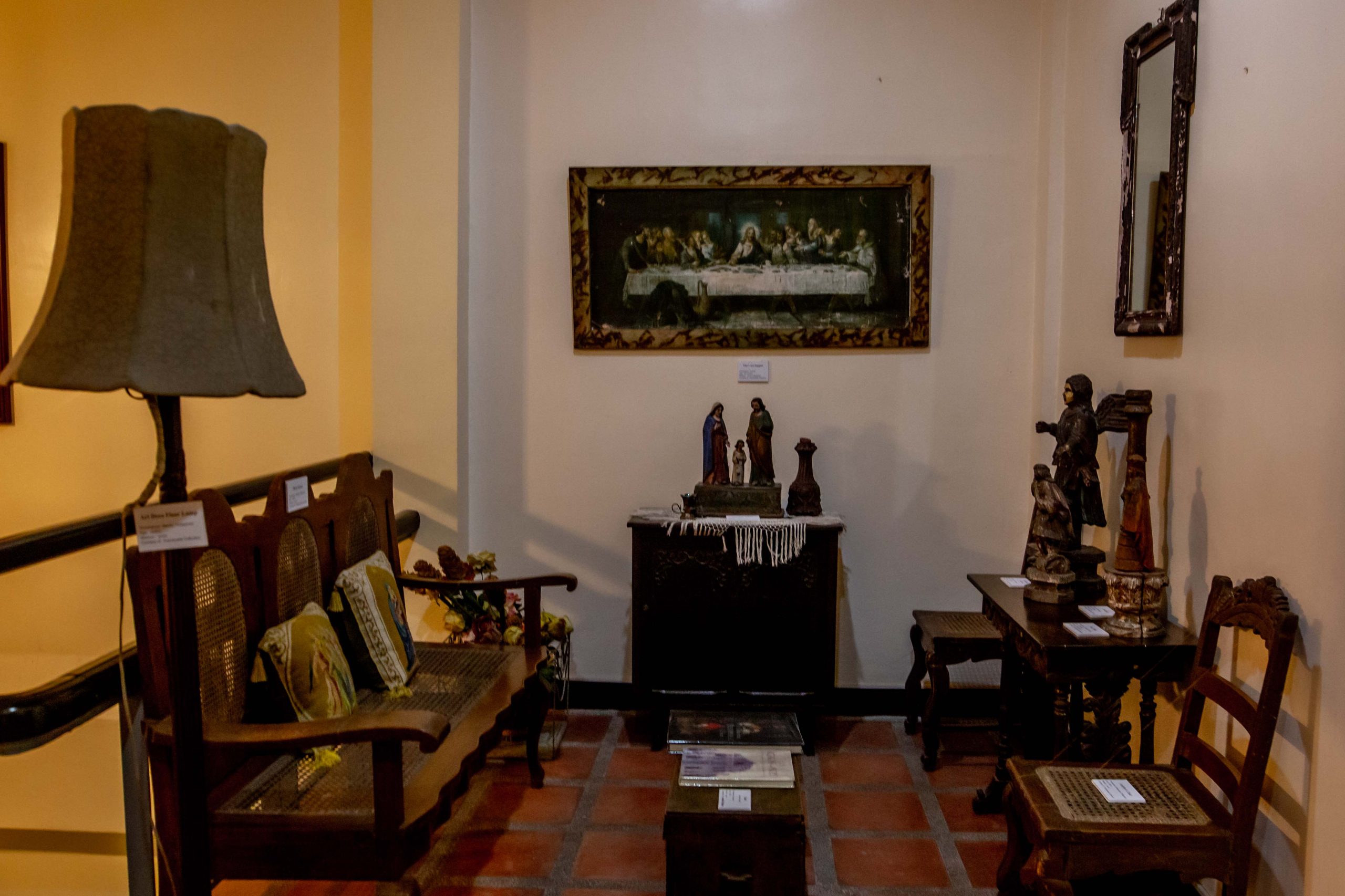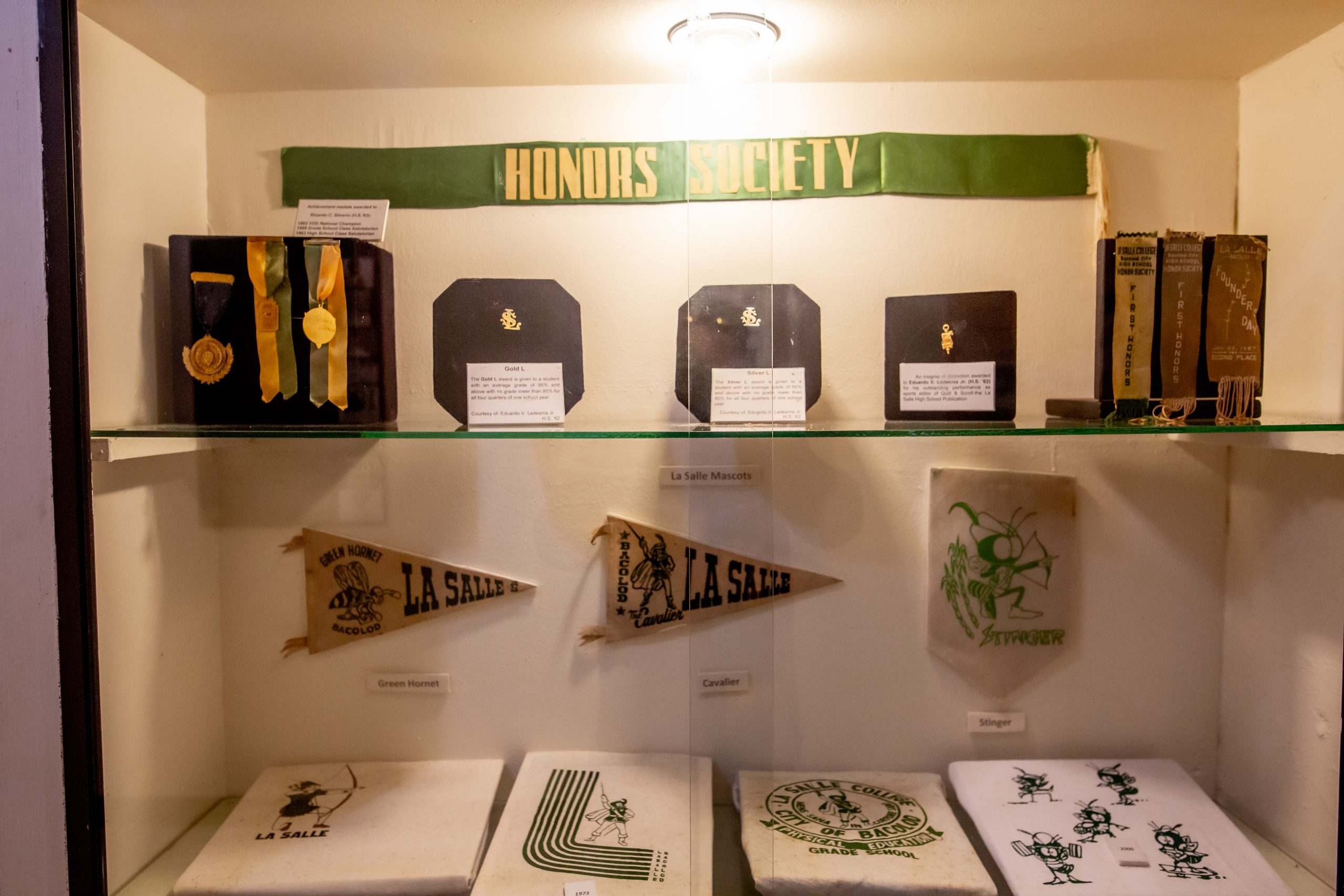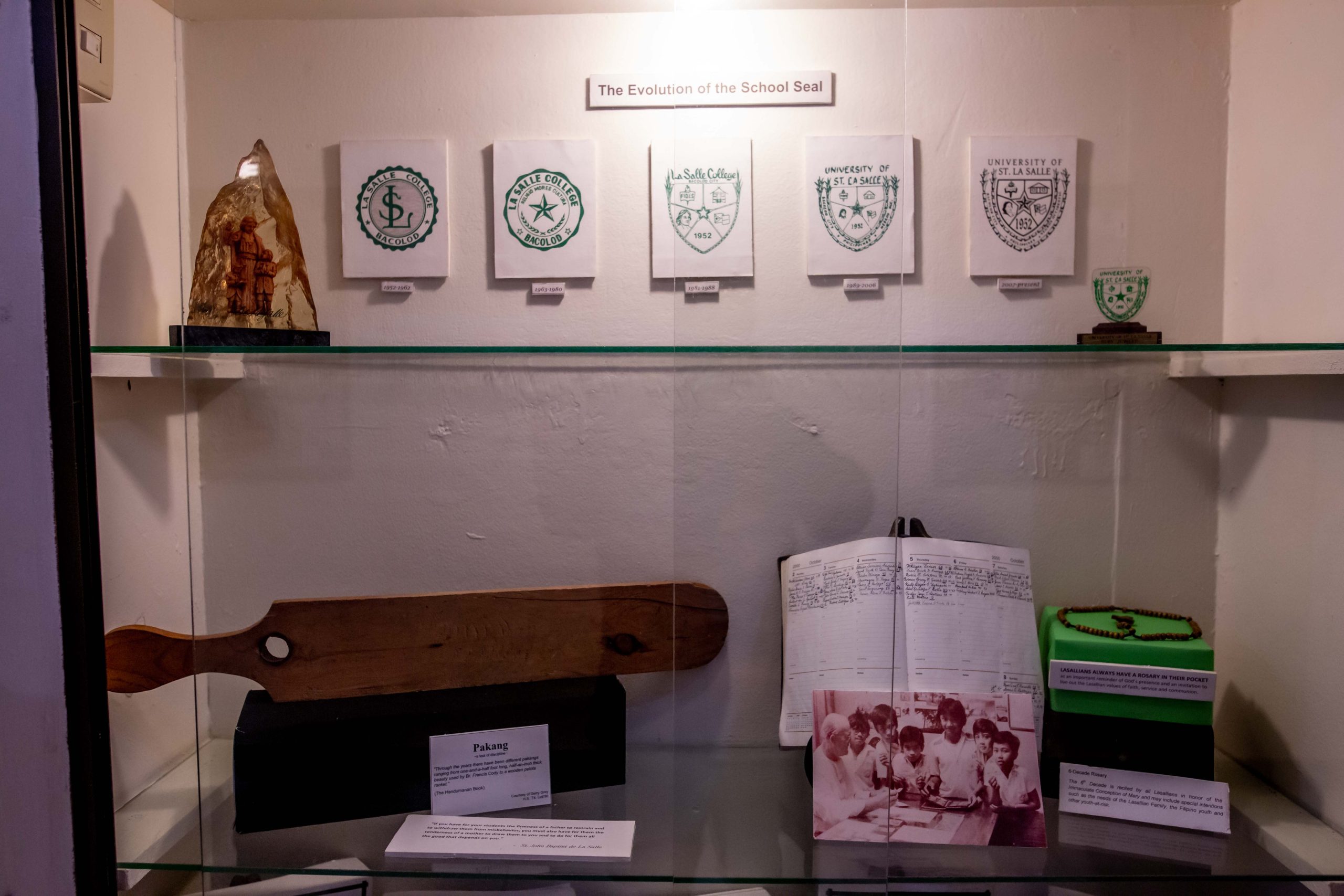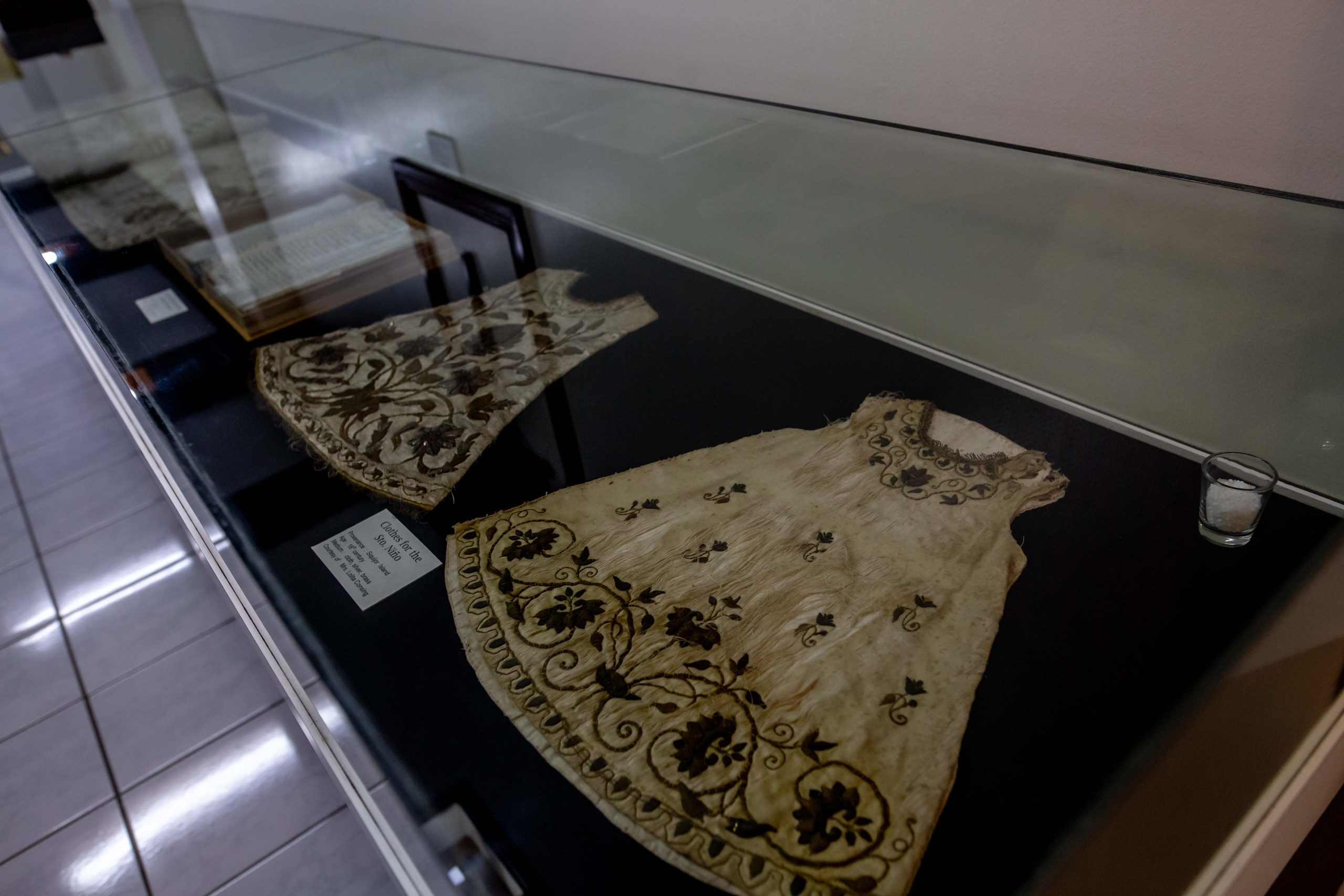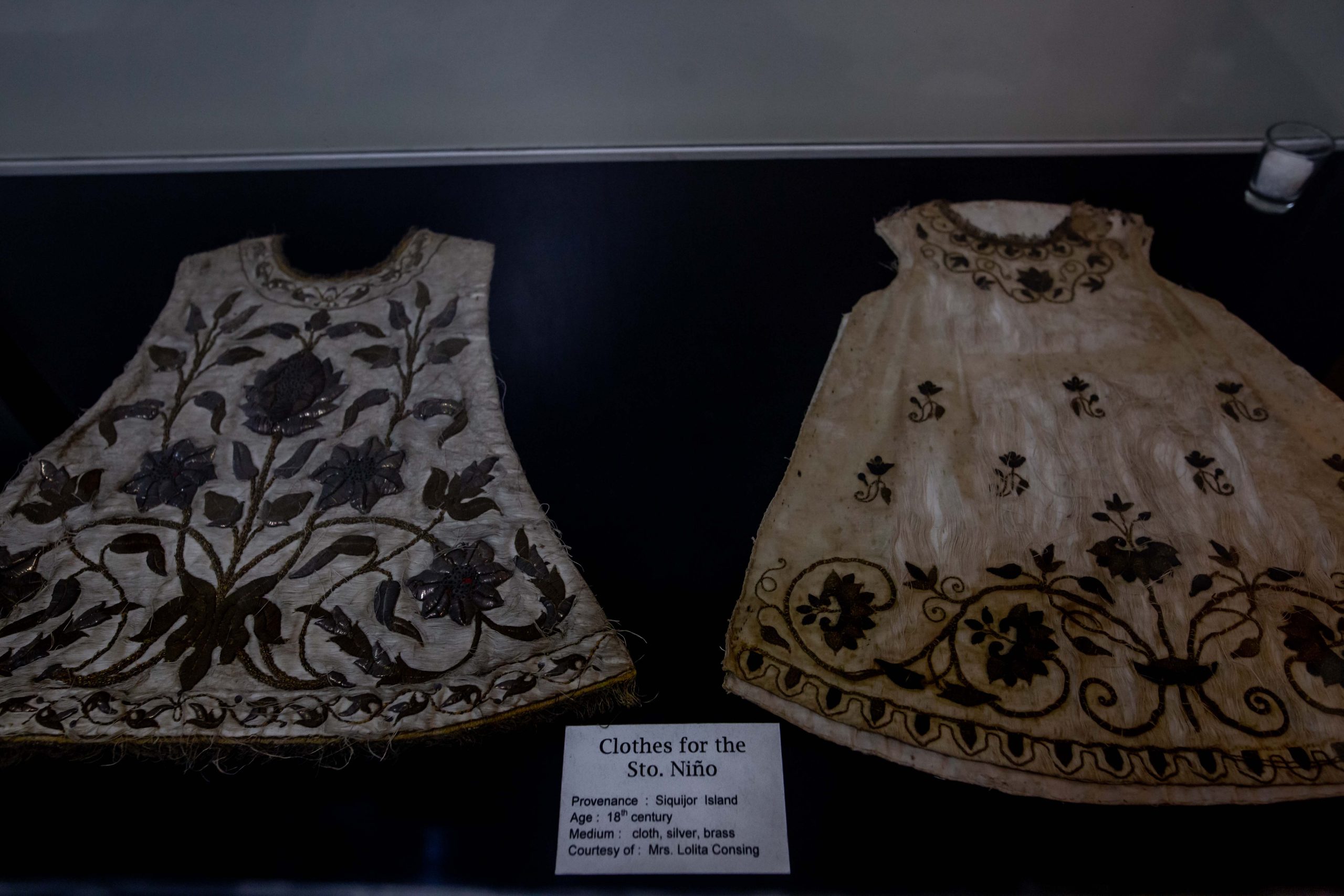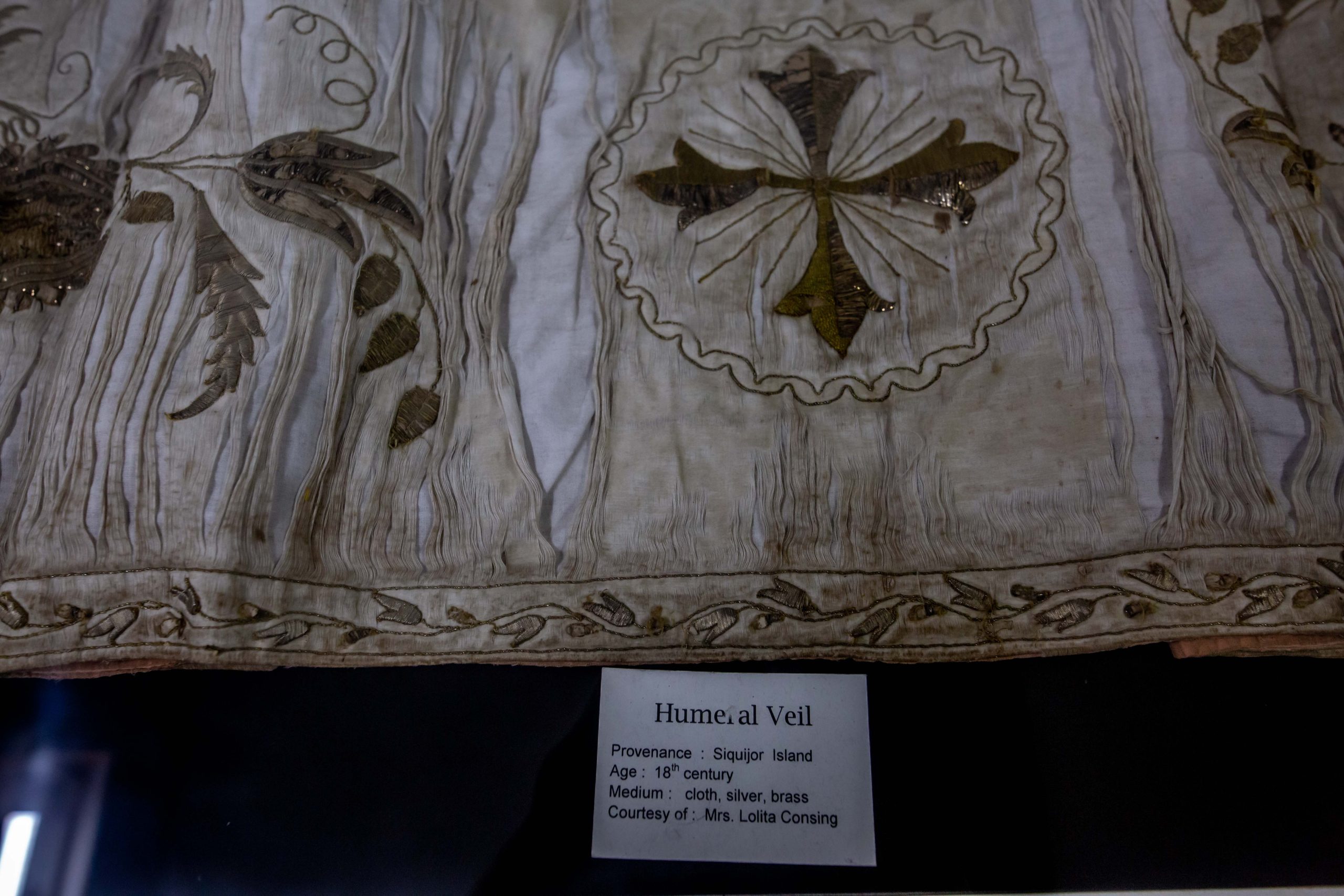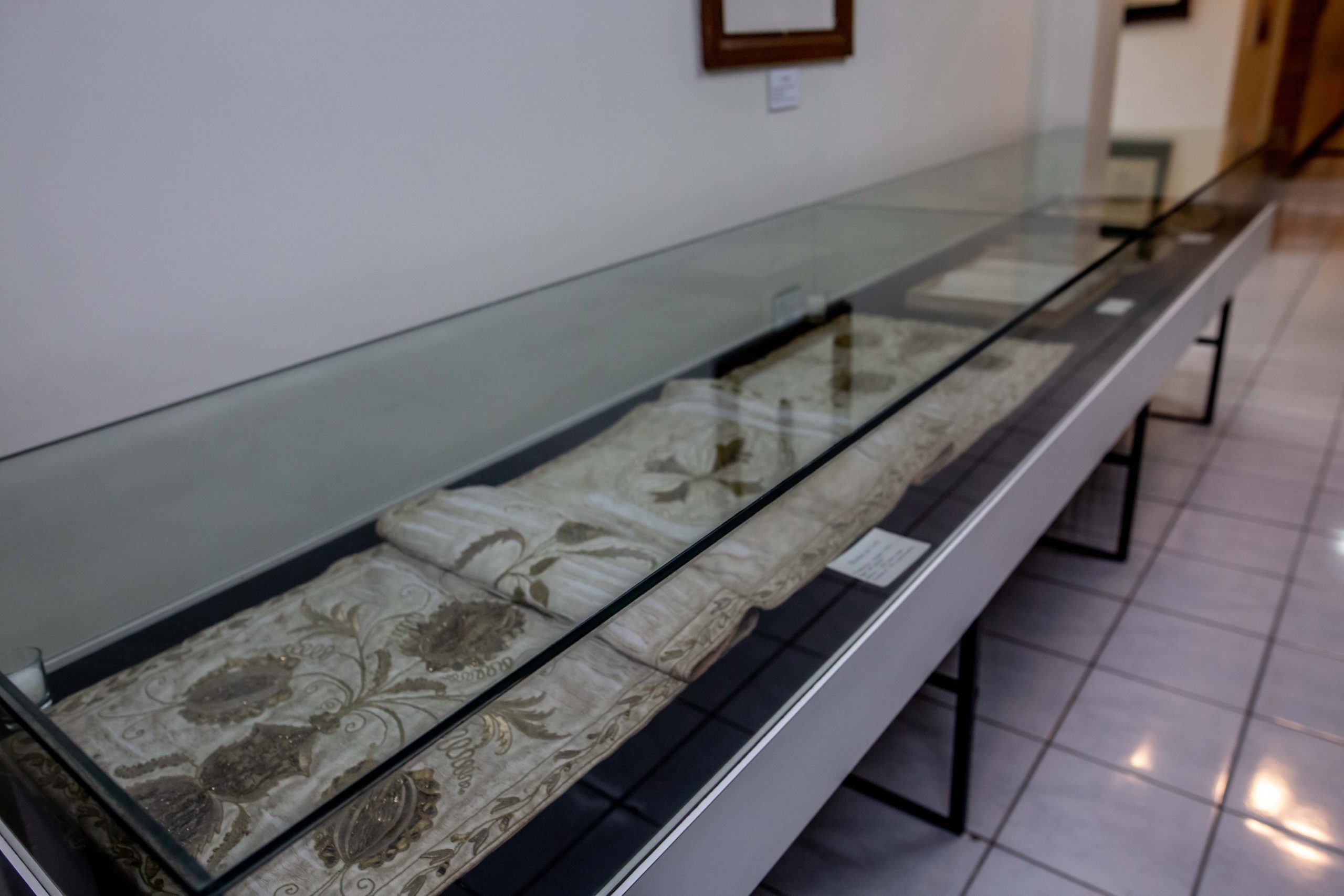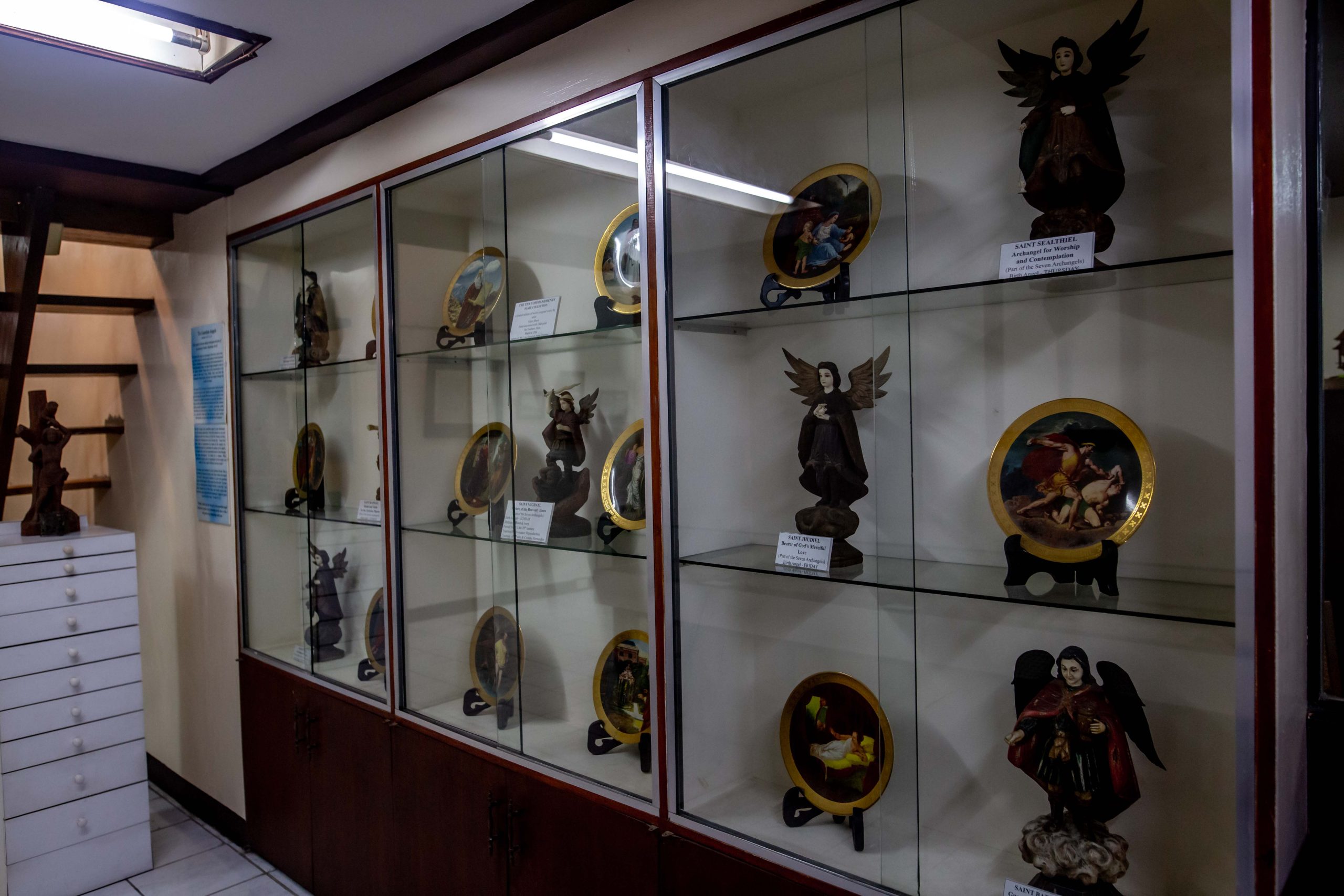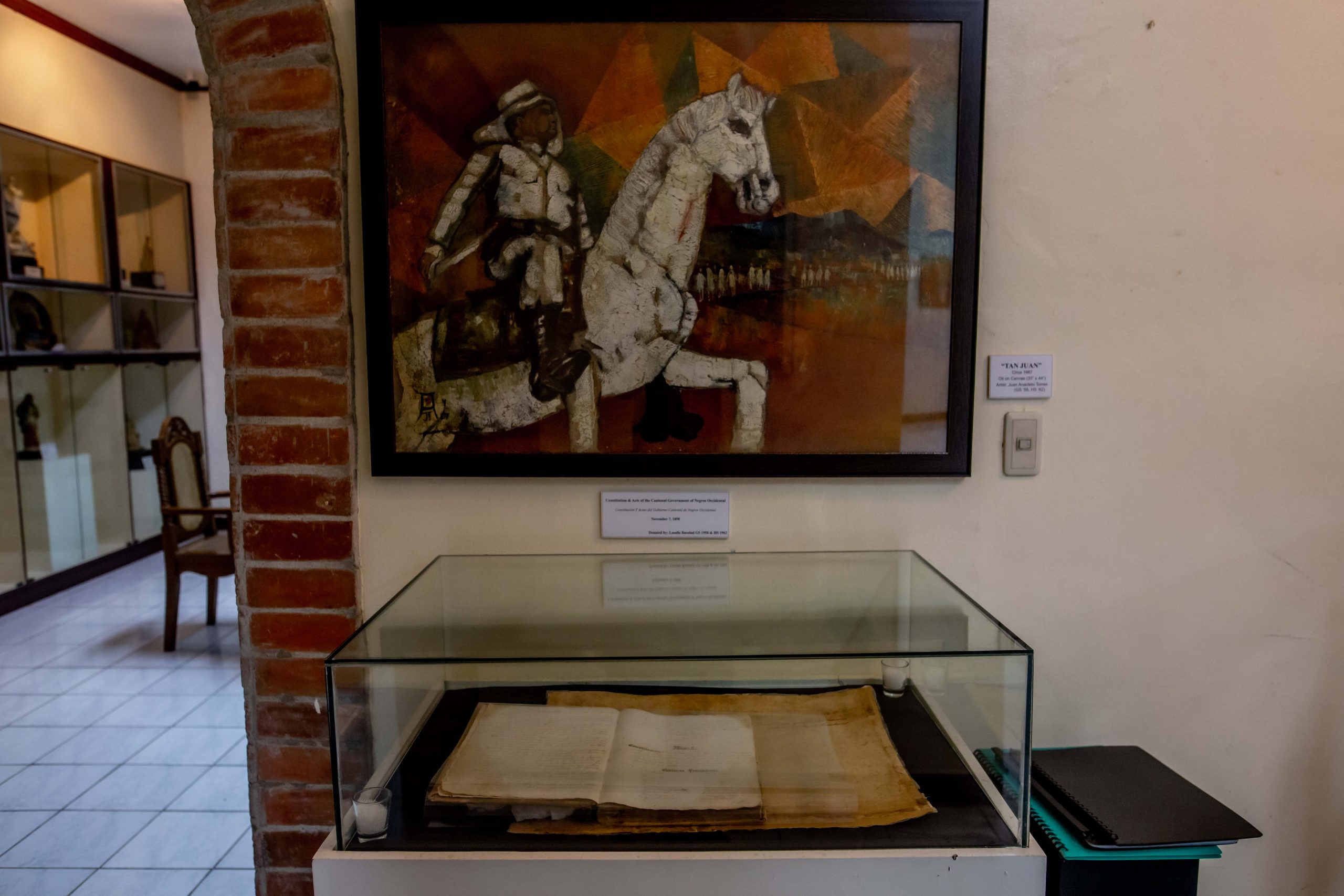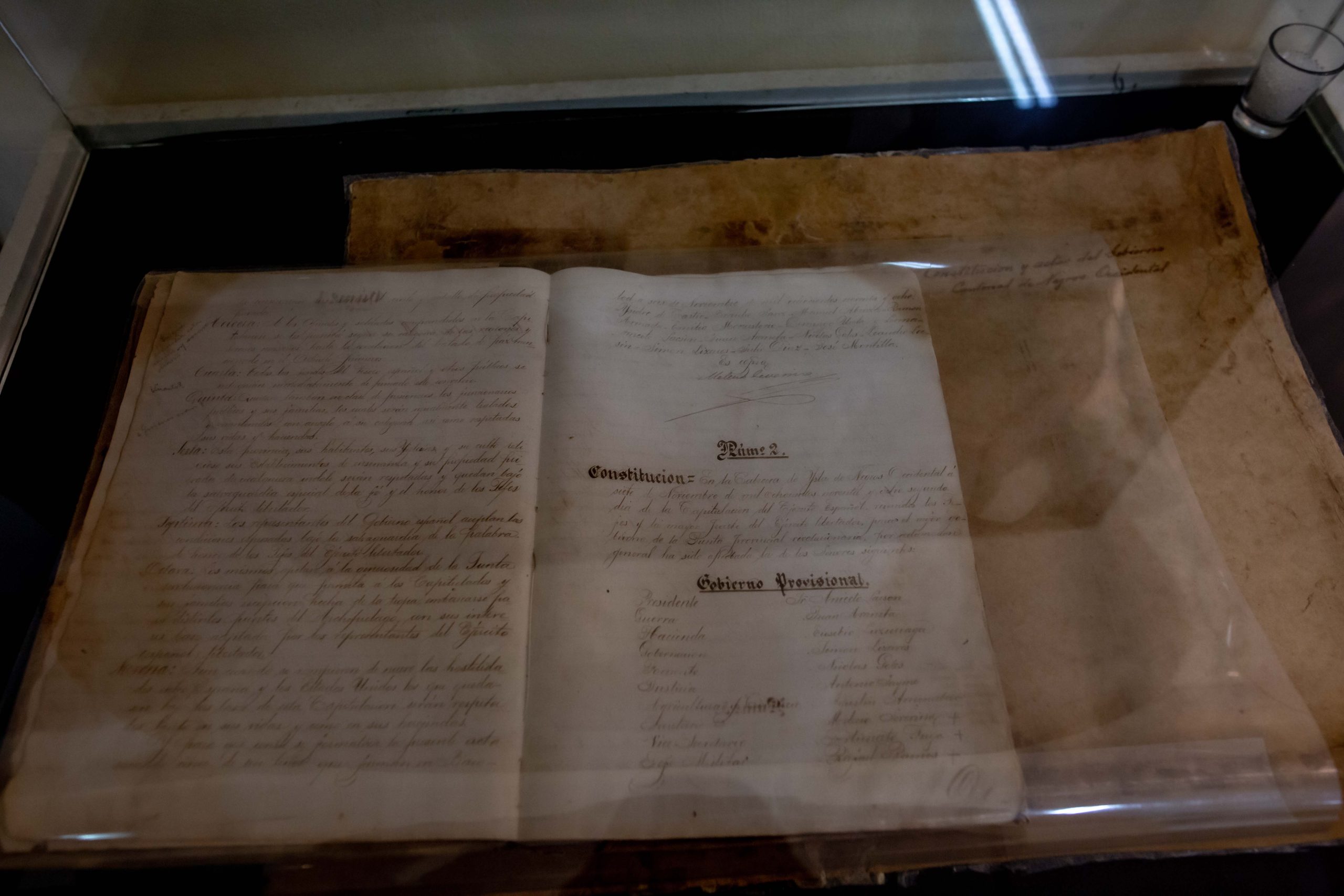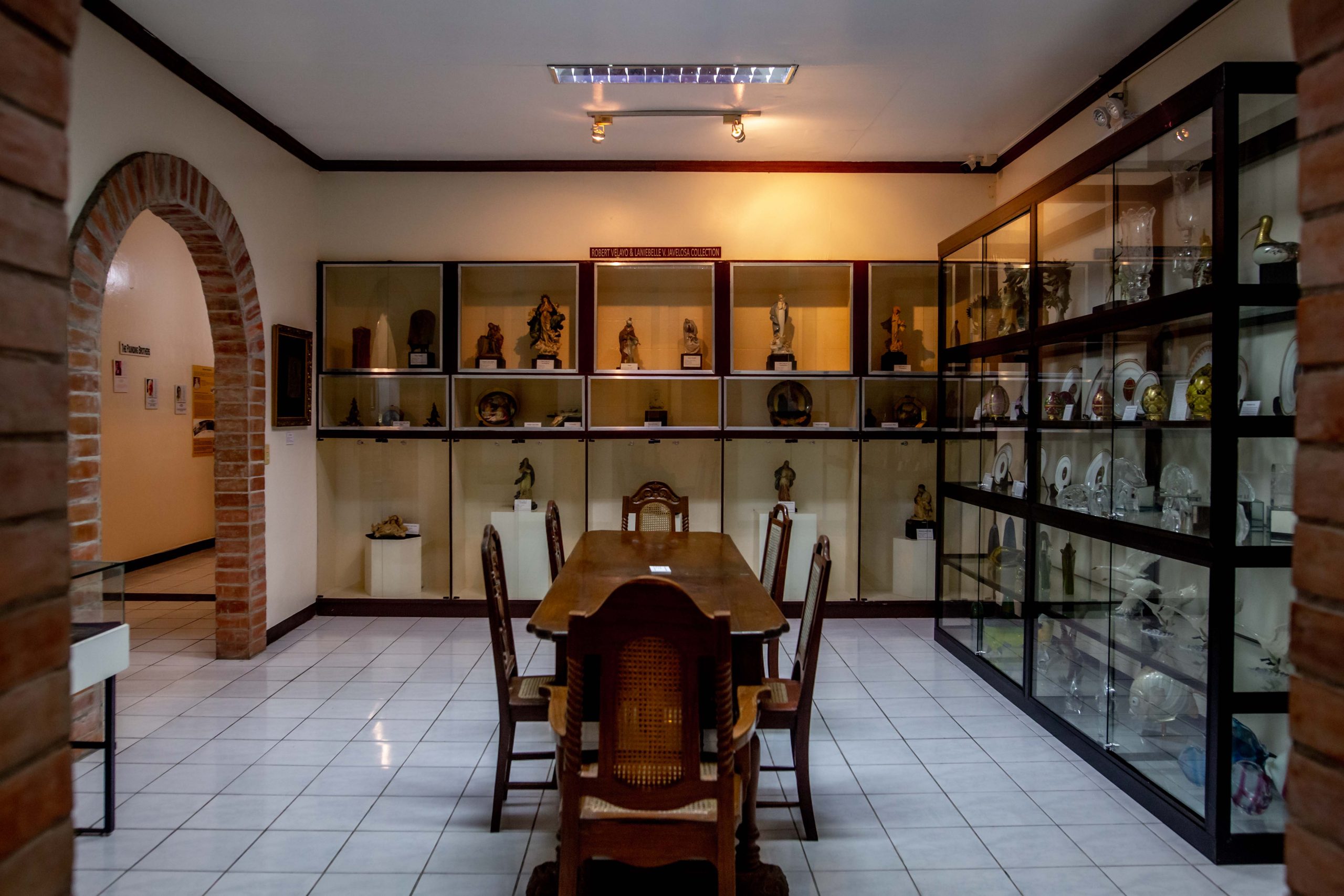
Considered as the only school-based museum in Negros Island, Museo Negrense De La Salle is located inside the University of St. La Salle campus in Bacolod City. It started after the university offered to be a repository of diocesan ecclesiastical objects of the Sacred Heart Seminary and they combined the collections of the University Research Institute and the collection of religious antique donated by the Vega family.
In 1997, the repository became Museo Negrense De La Salle and eventually received the biggest international folk textile collections from the Montelibano family in 2011. It features more than 1000 handmade textiles and other articles from 54 different countries.
Museo Negrense De La Salle continues to grow with the help of several Negrense donors with a permanent exhibition that covers the images of the past, story of weaving, patterning: Putting design on cloth using colored threads, painting, beads, dyeing, ikat, patterning through sewing: applique, embroidery, quilting, reversed applique, patchwork, embellishments, white on white, the Filipino identity through influences on textile, beads and shells as seen in the African culture, leathers and feathers, features the use of gold and other metals and Middle Eastern textile as “endangered species”.
It also houses the the Ledesma Collection, illustrating Visayan piety and devotion to the Child Jesus, with images of the Sto. Nino enshrined in “urnas” or traditional mini-altars from the island of Bohol, among others; the Vega Collection, which highlights periods of history focused on Negros and Western Visayas, including the porcelain from Chinese traders, images of saints made by Filipino, books in Spanish and Latin, etc; the Esteban Collection, which includes antique and contemporary religious art, including ivory and wooden pieces from different periods; the Velayo-Javelosa Collection, including Lladro pieces, and artworks depicting the styles of the Orthodox Church with items from Eastern Europe and Turkey and the Puentevella Collection, which depicts part of the interior of a house from the Golden Age of Negros, with strong emphasis on the private family altar, a common setting found in most houses during that period.




